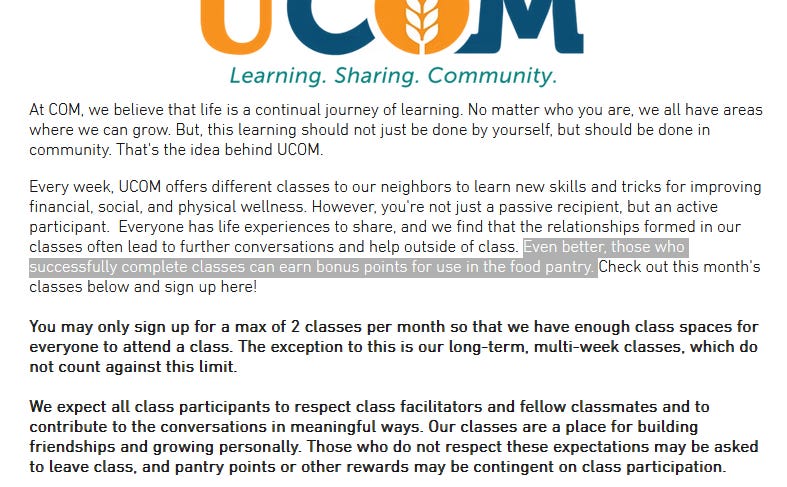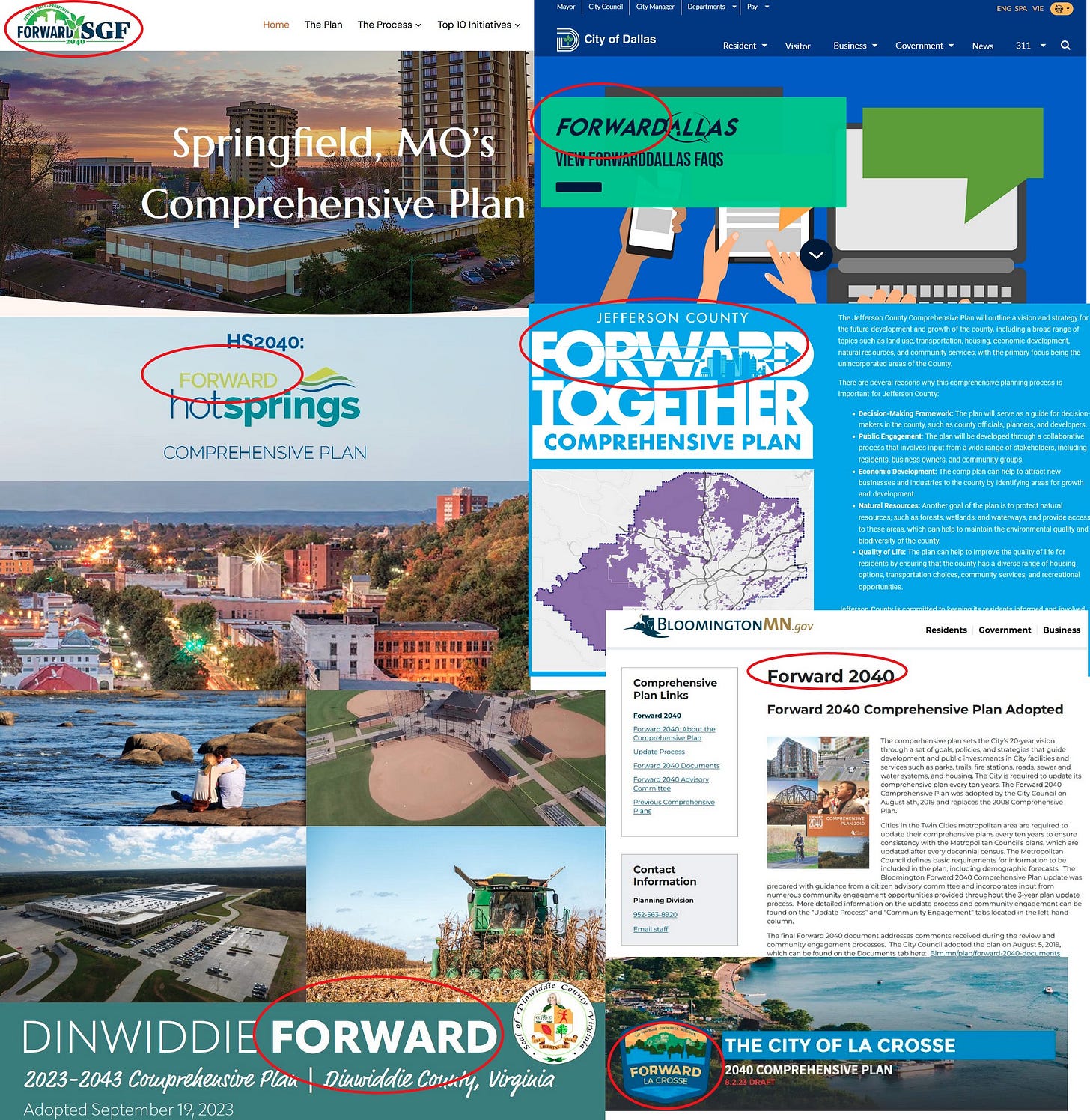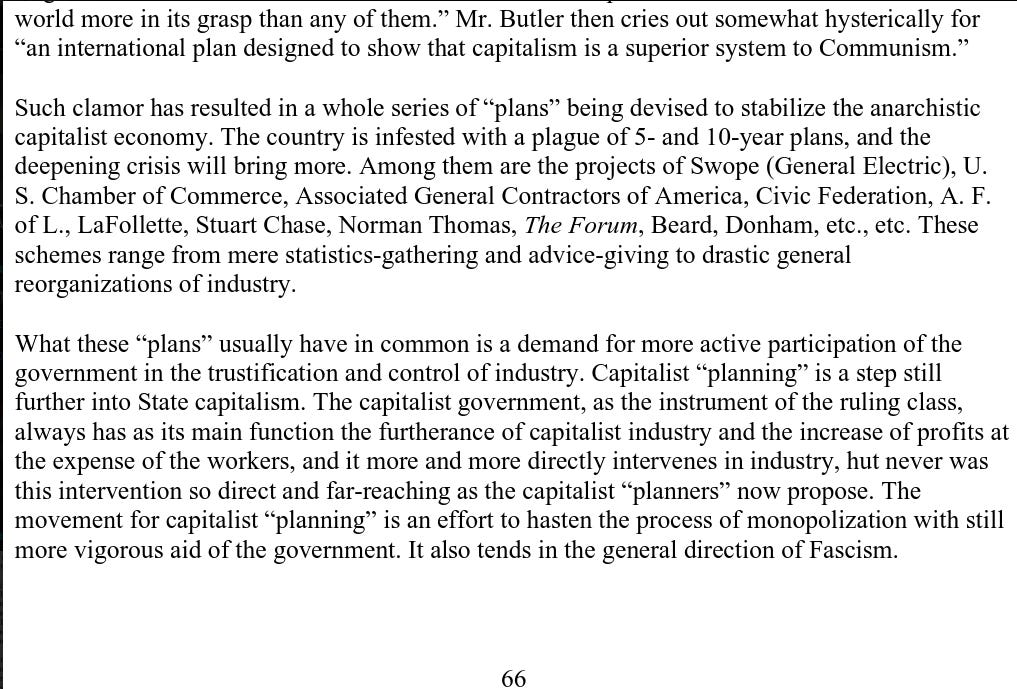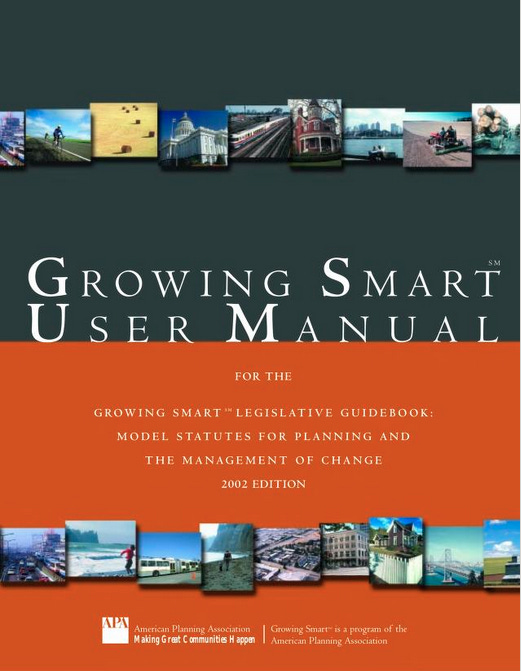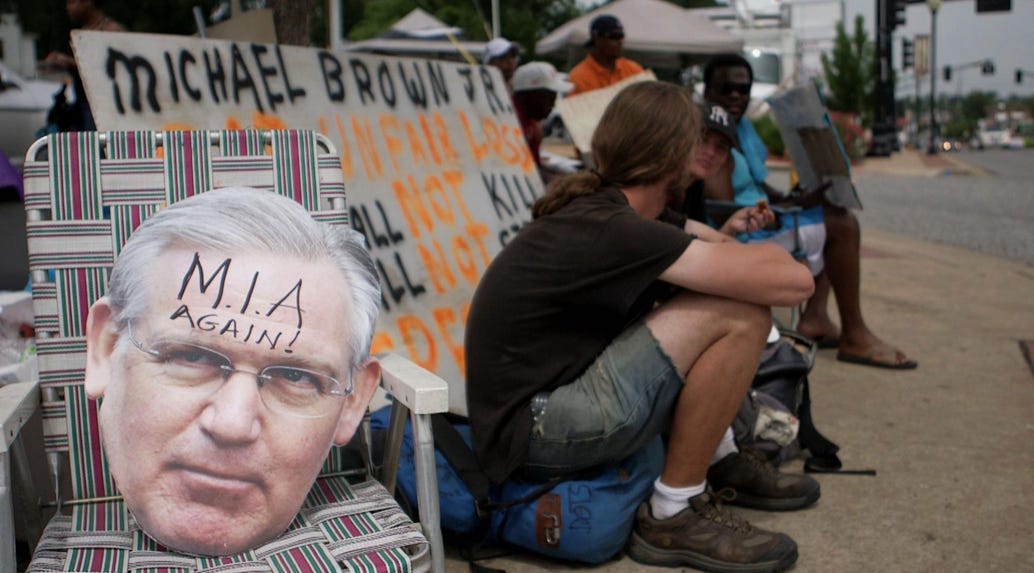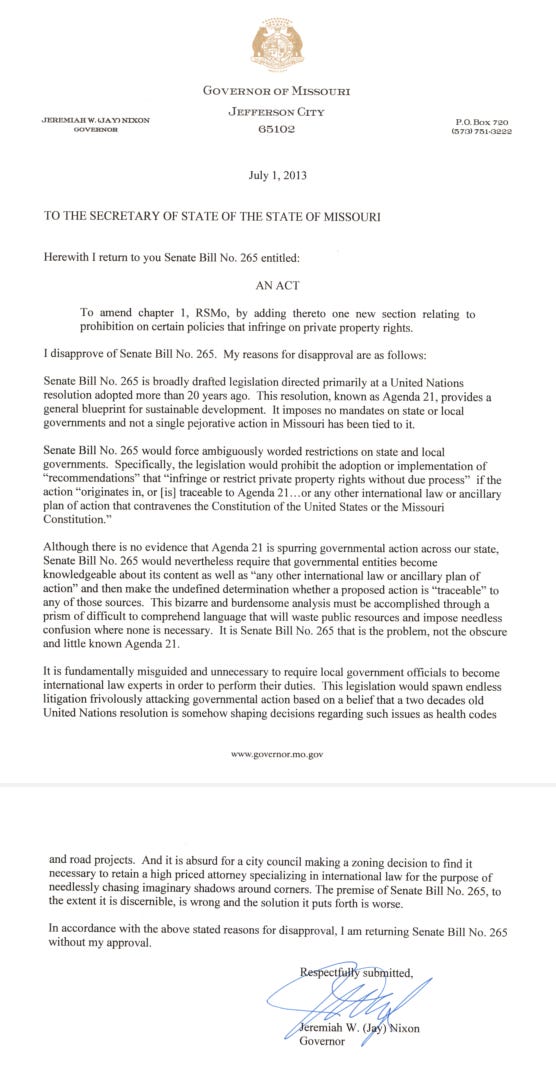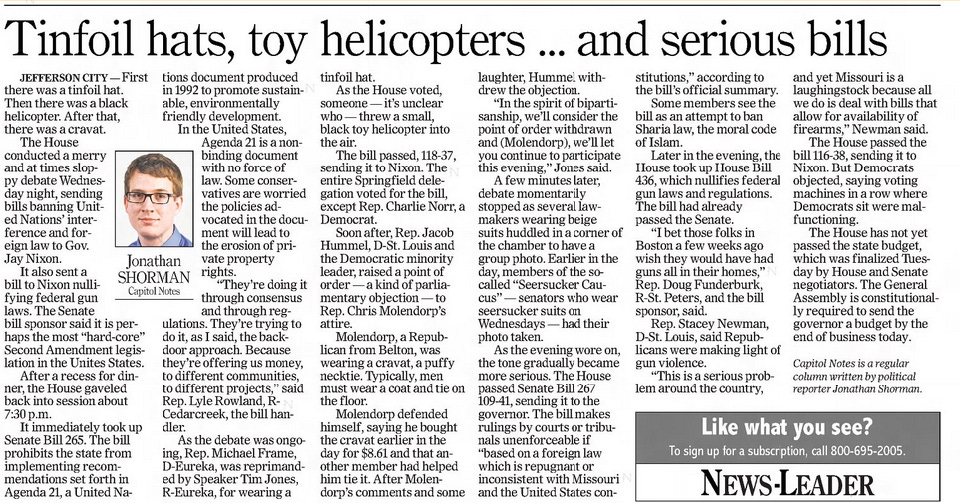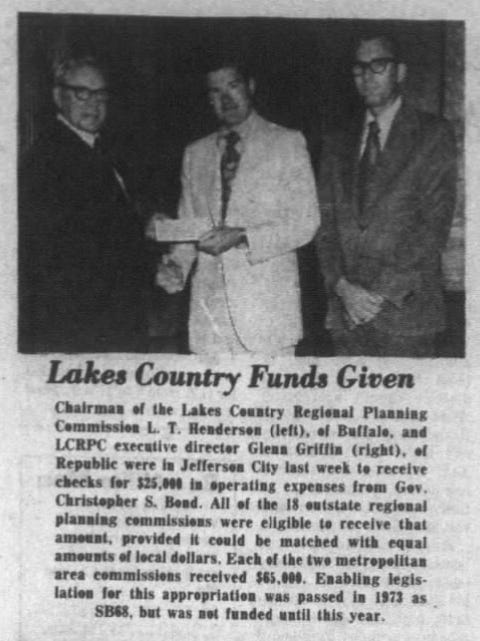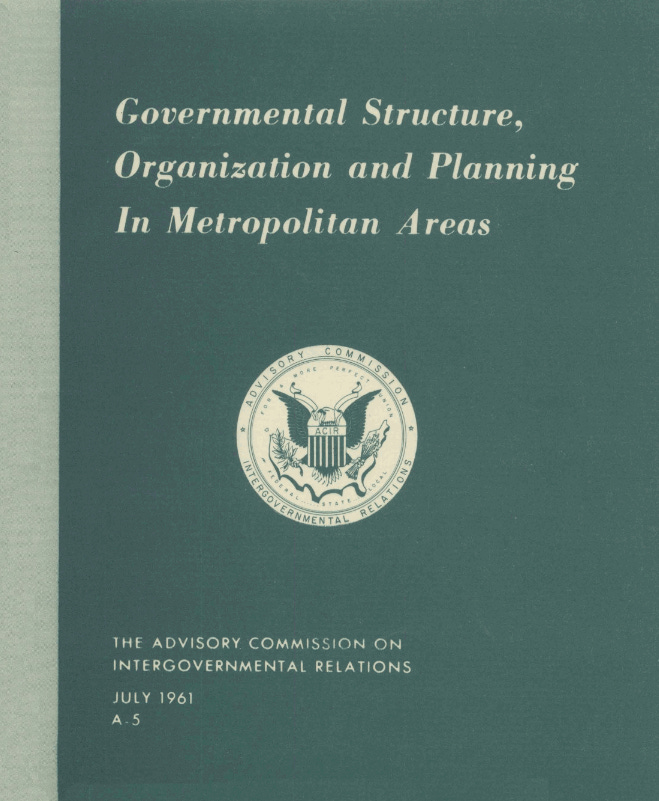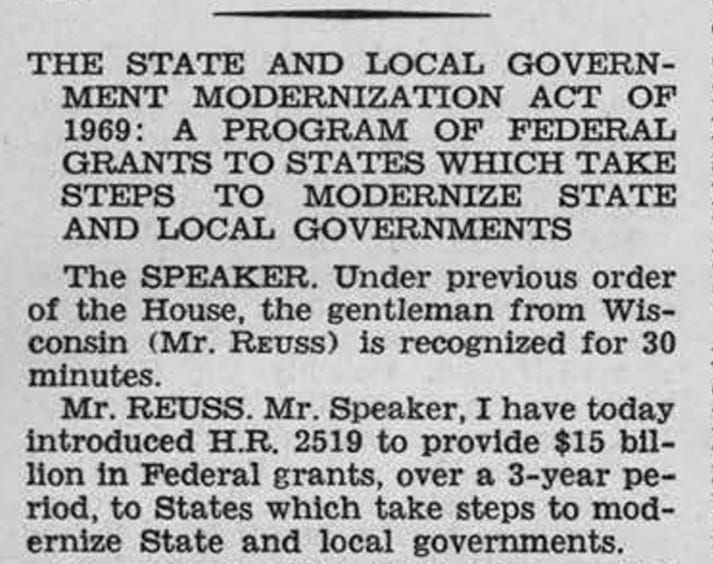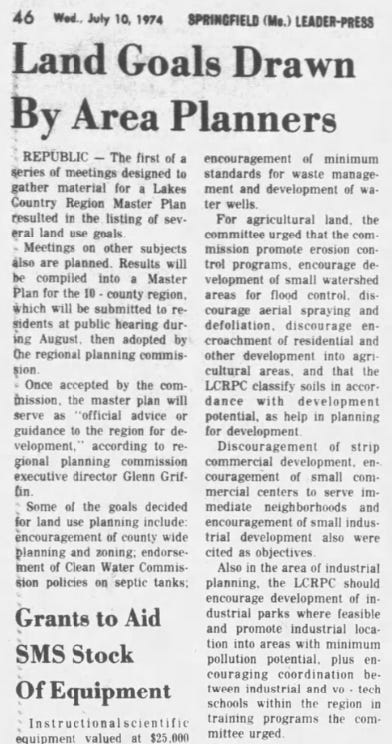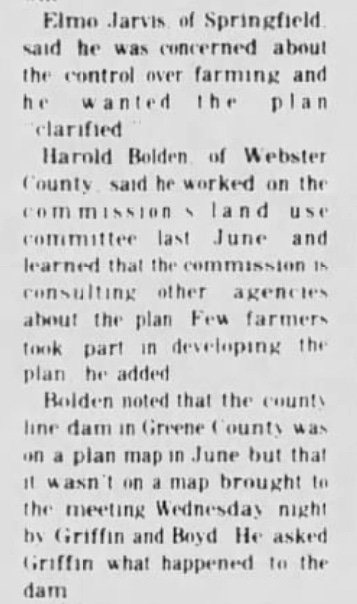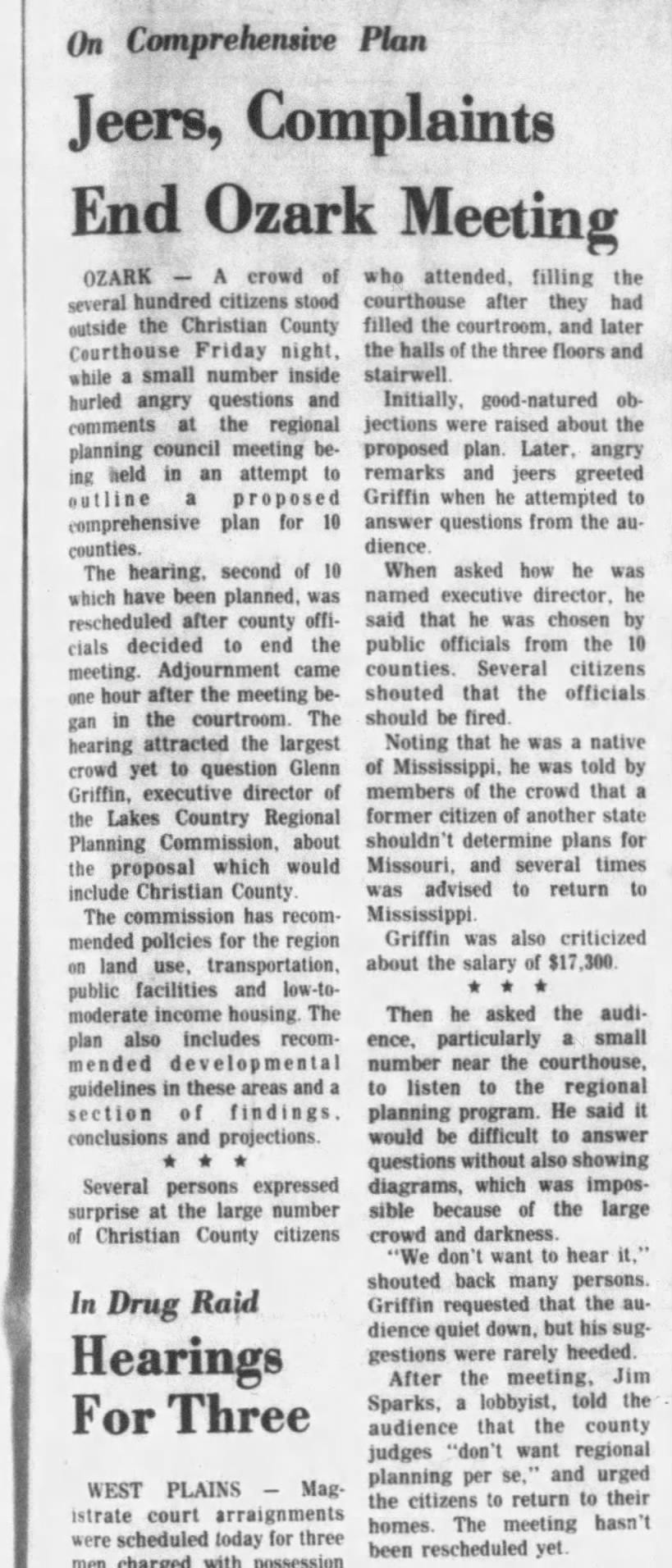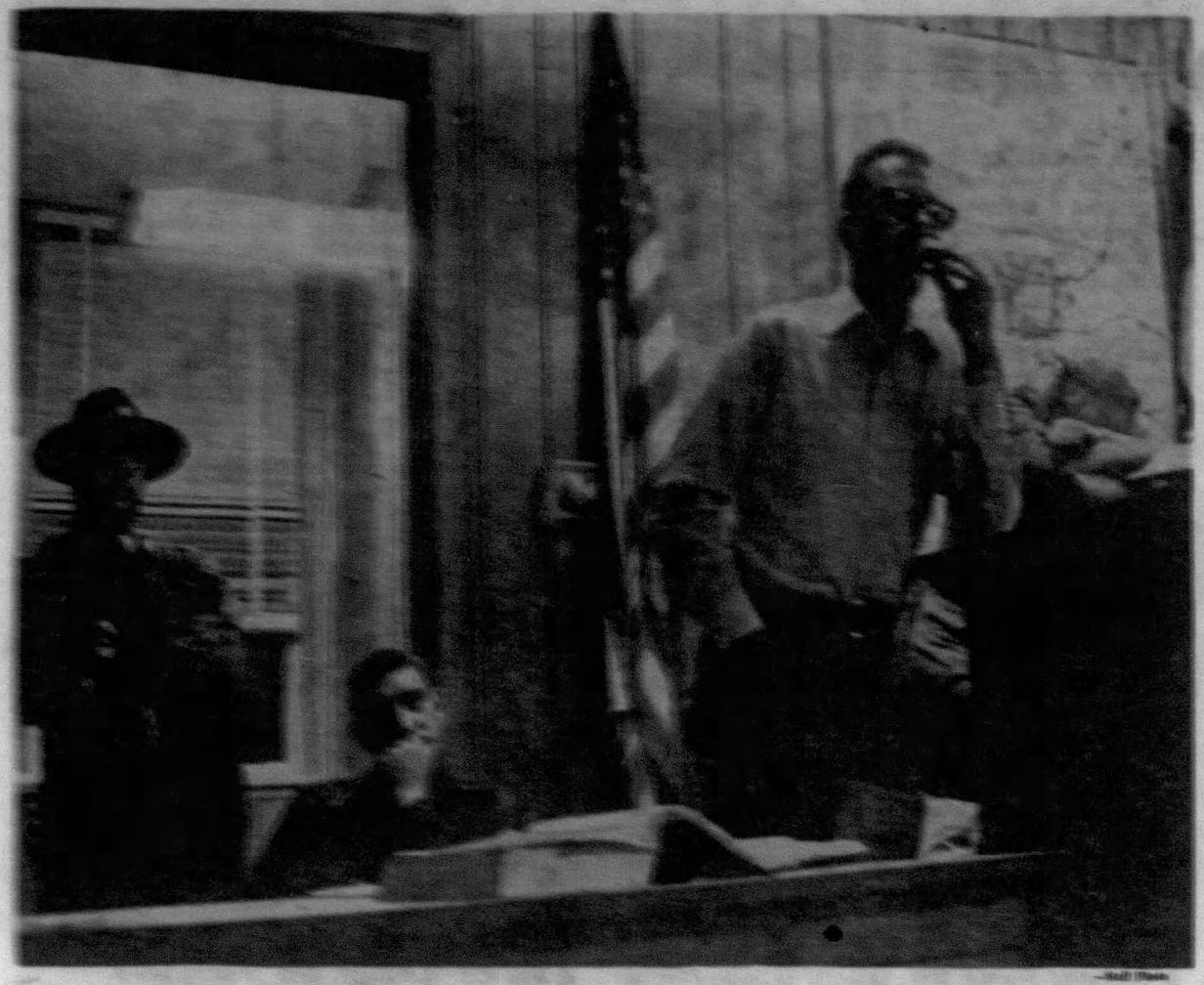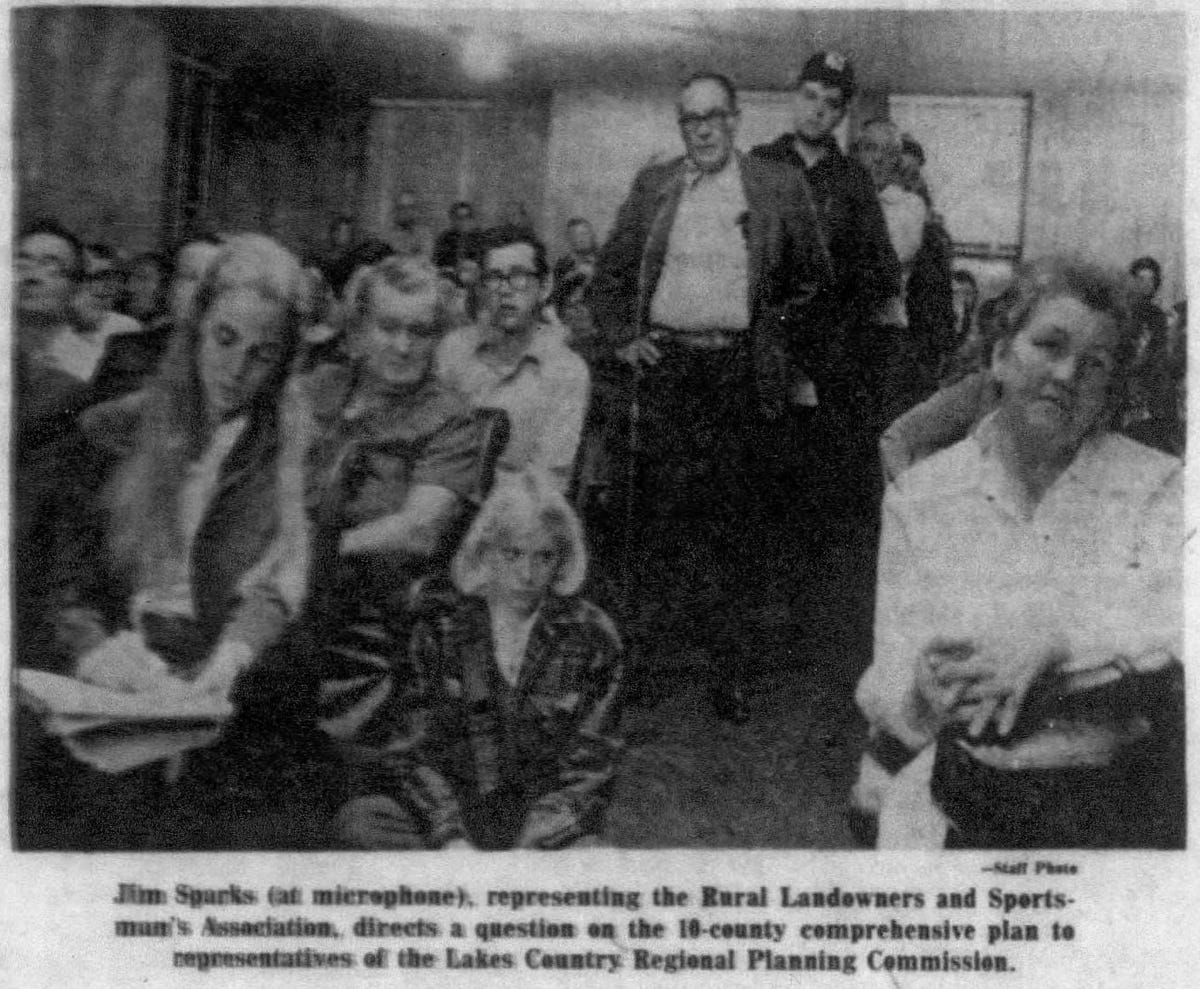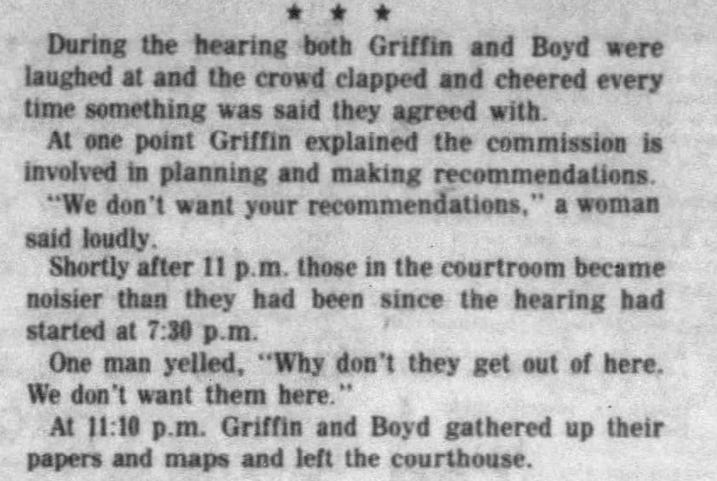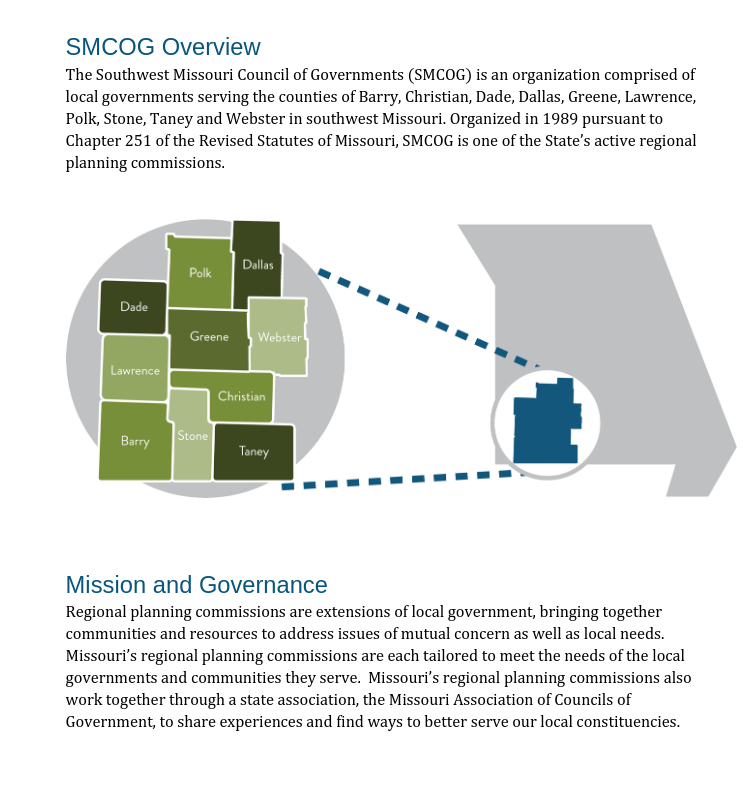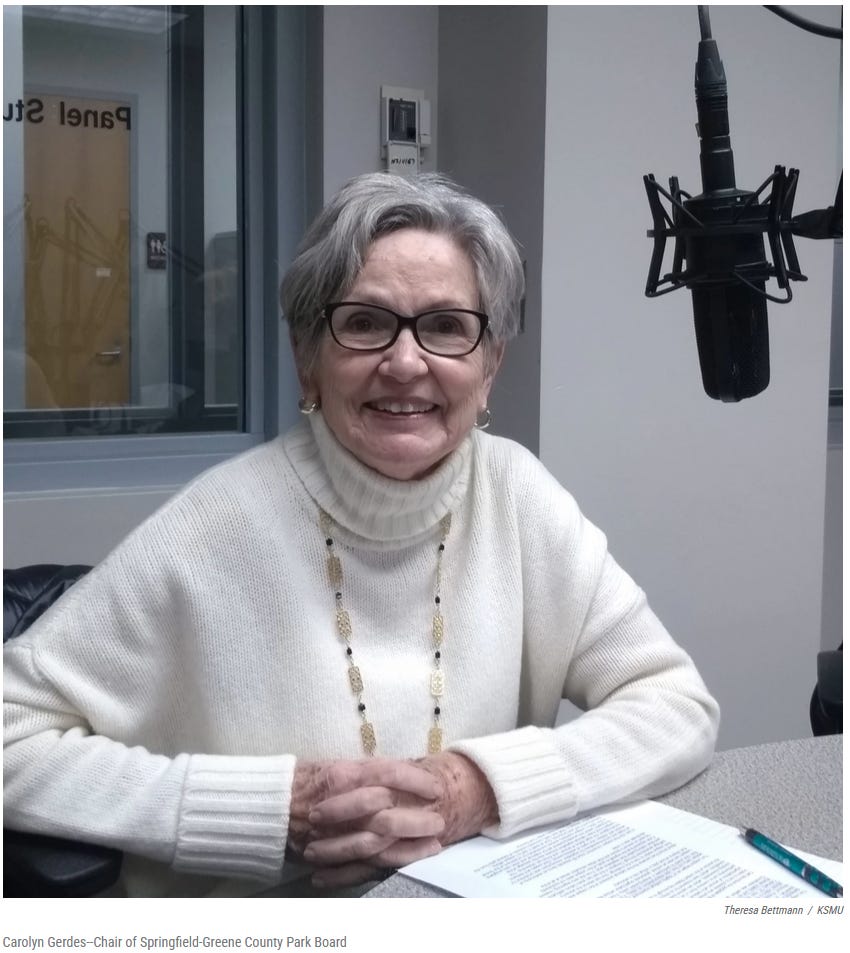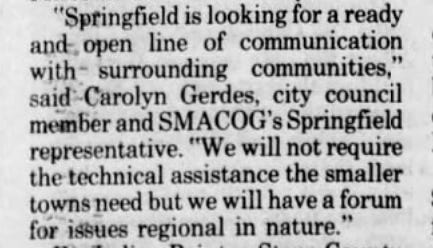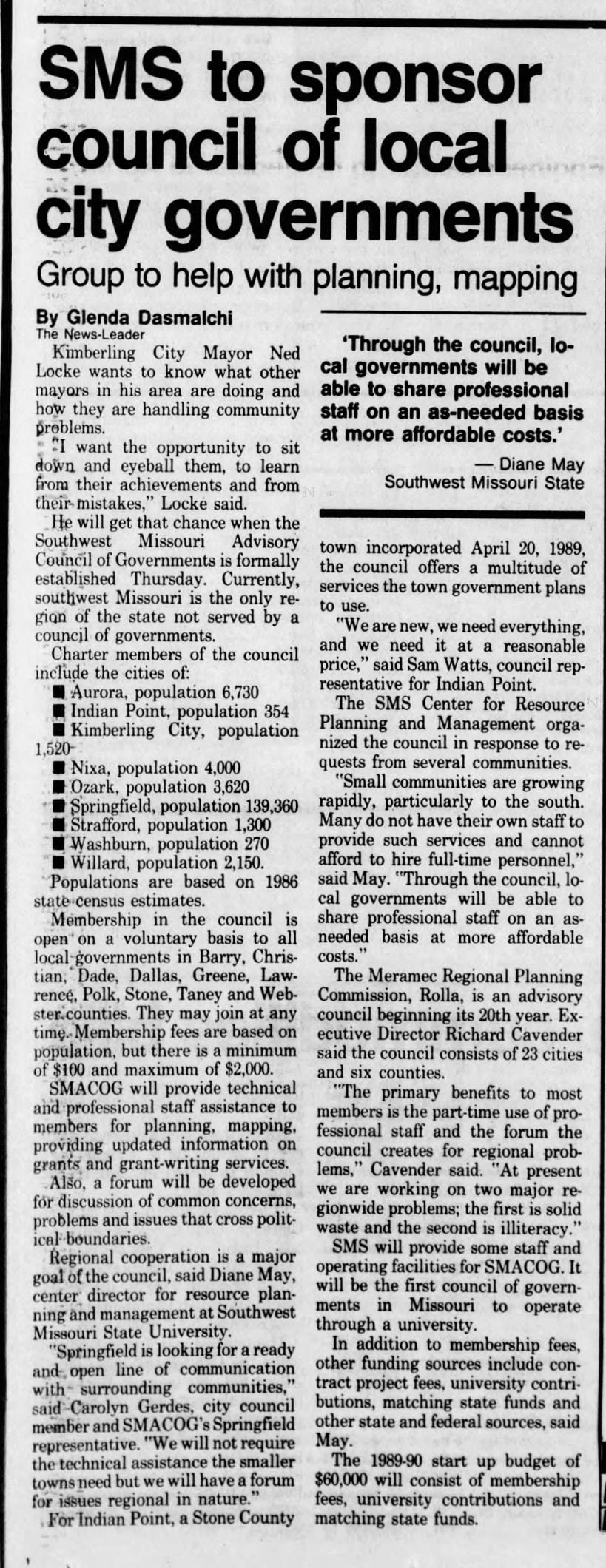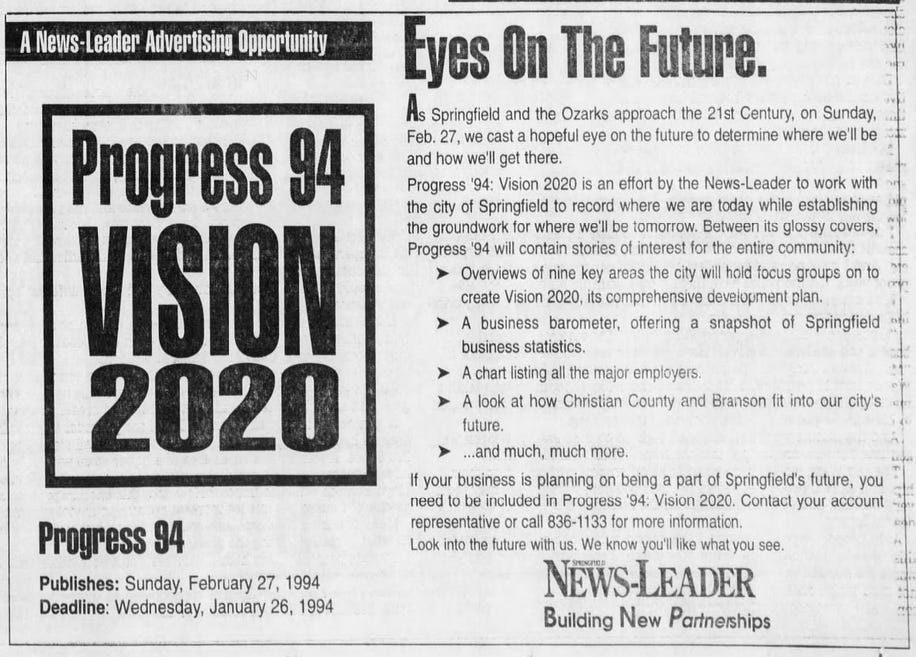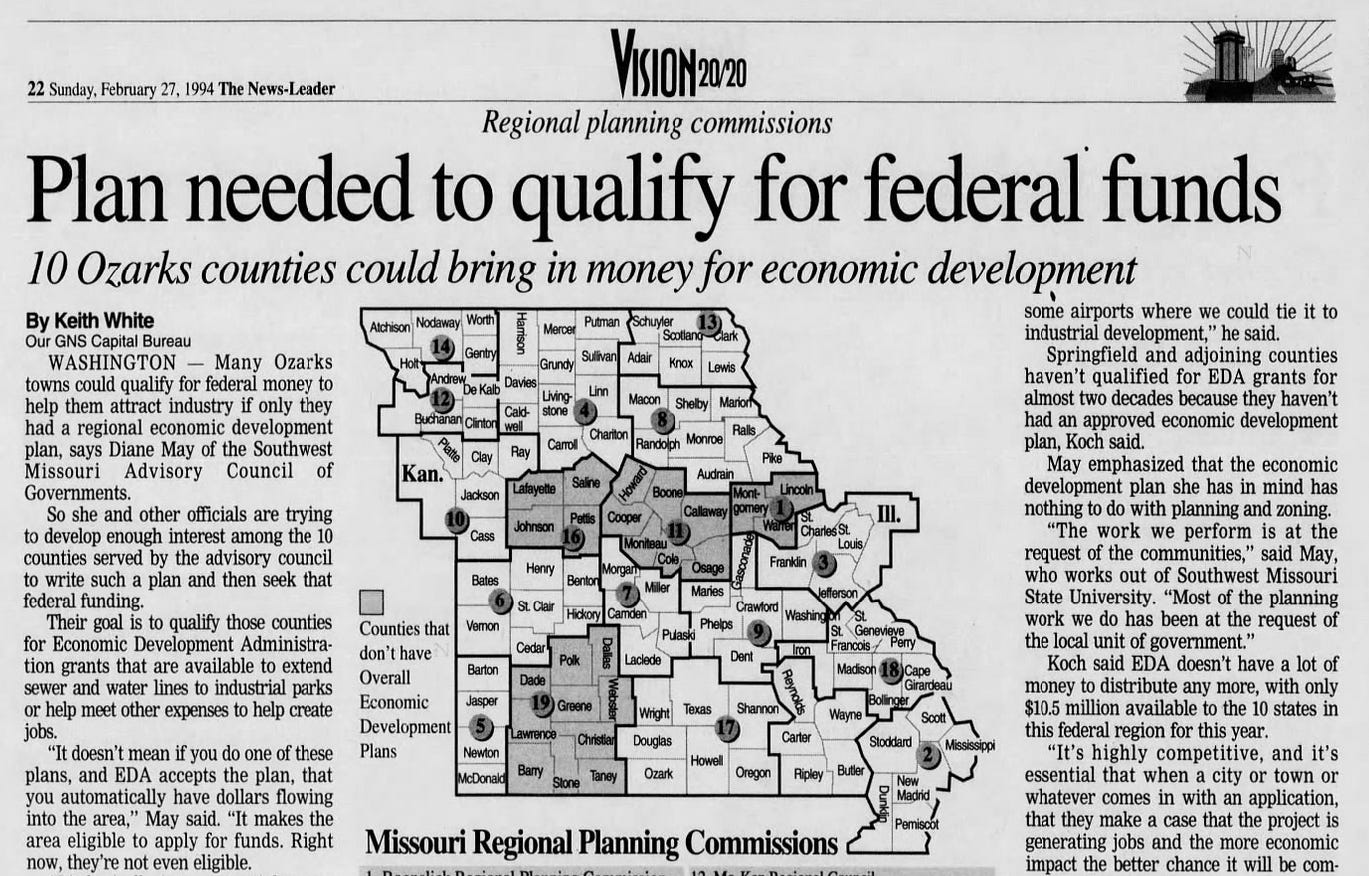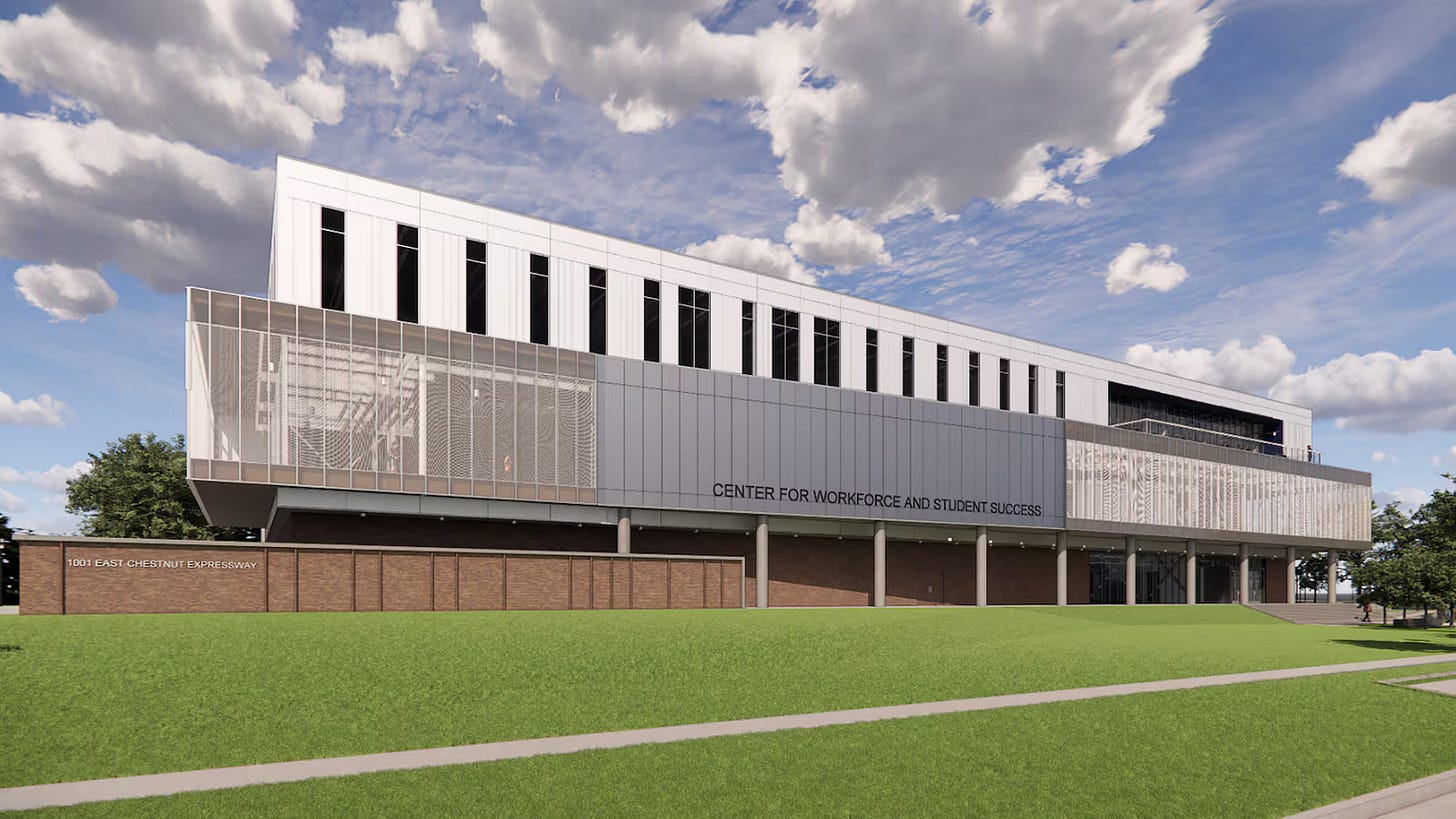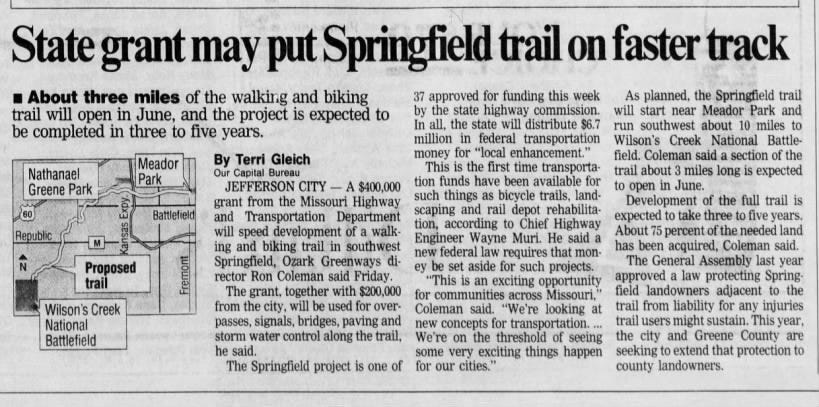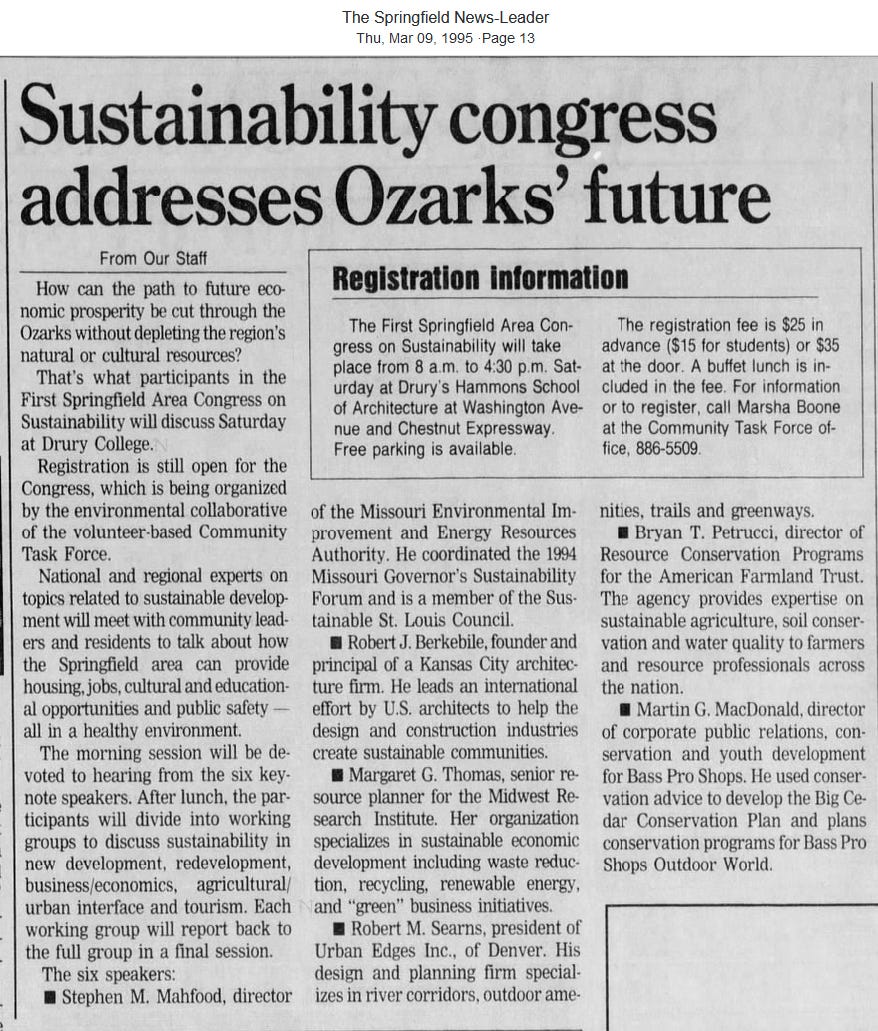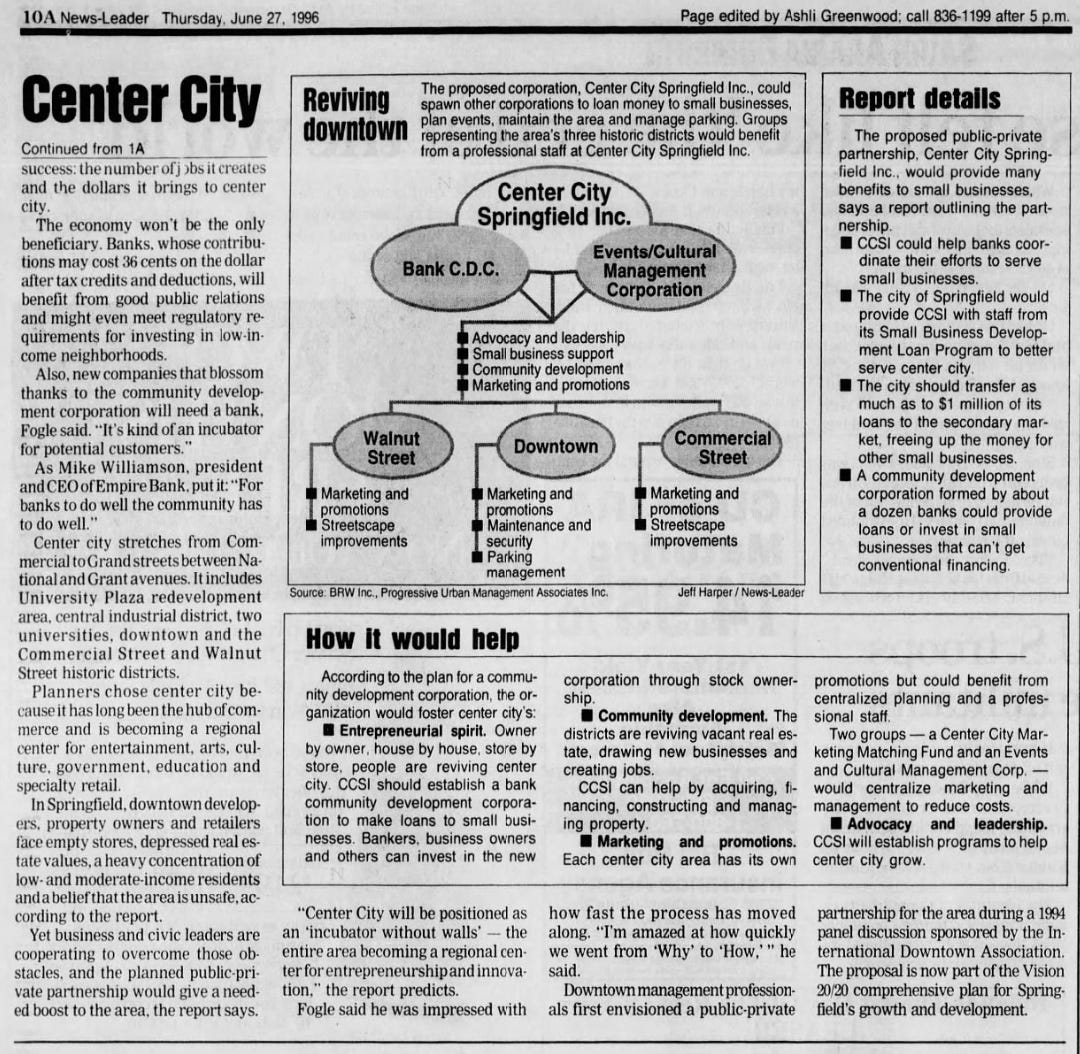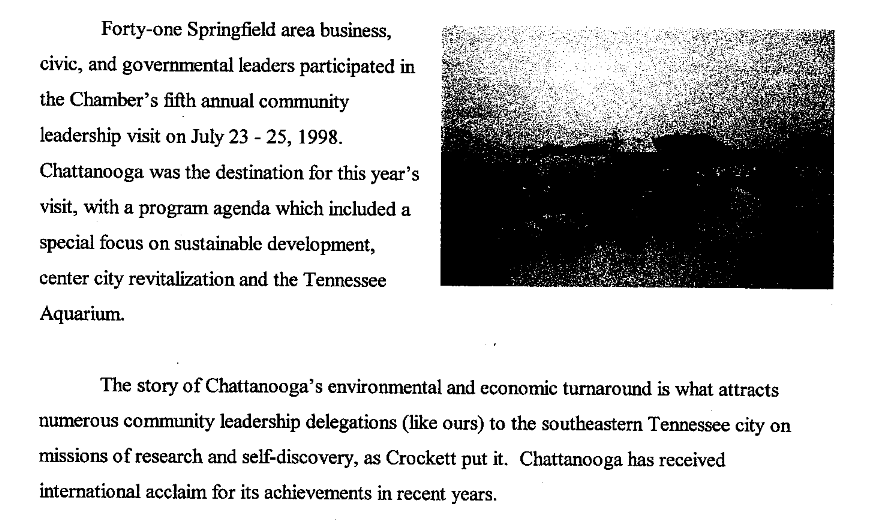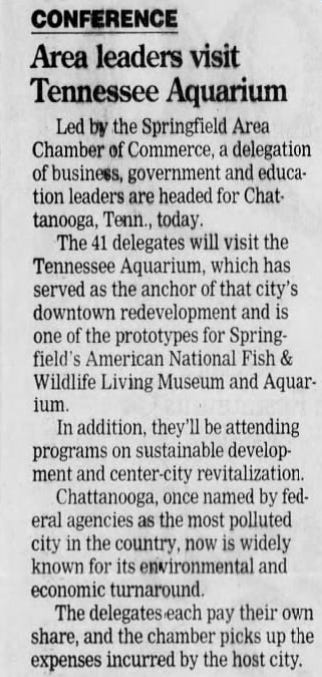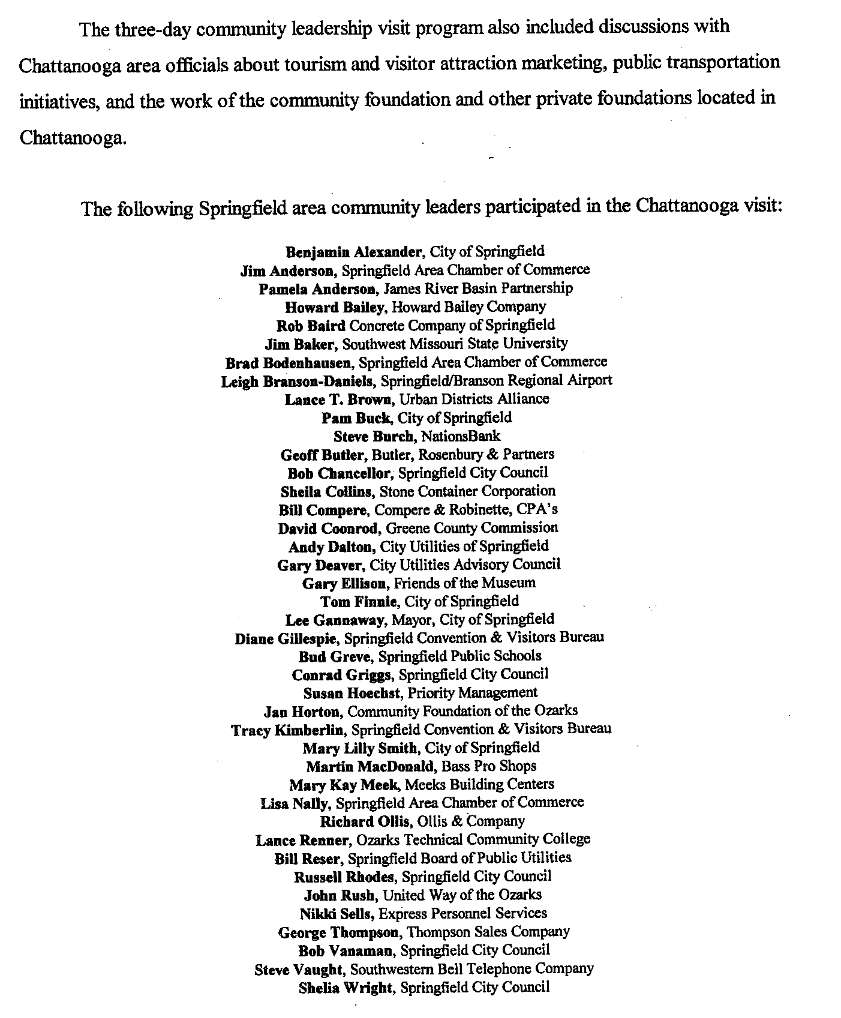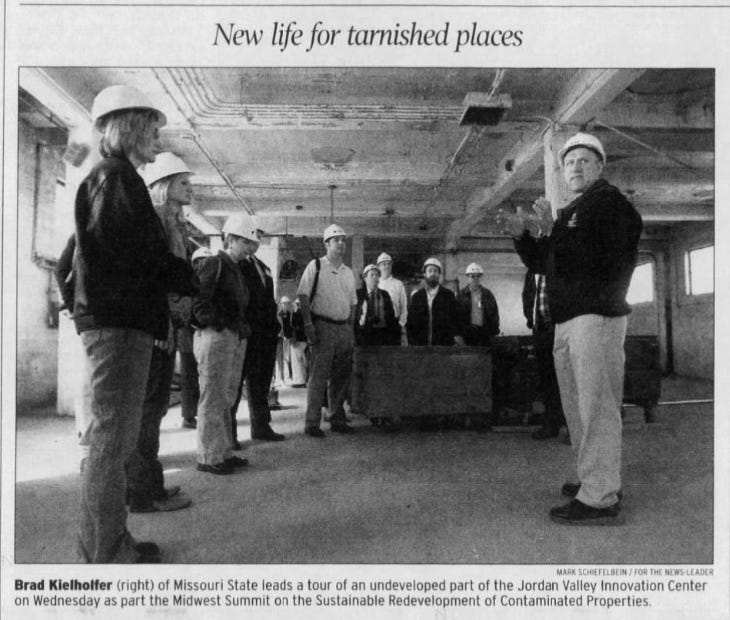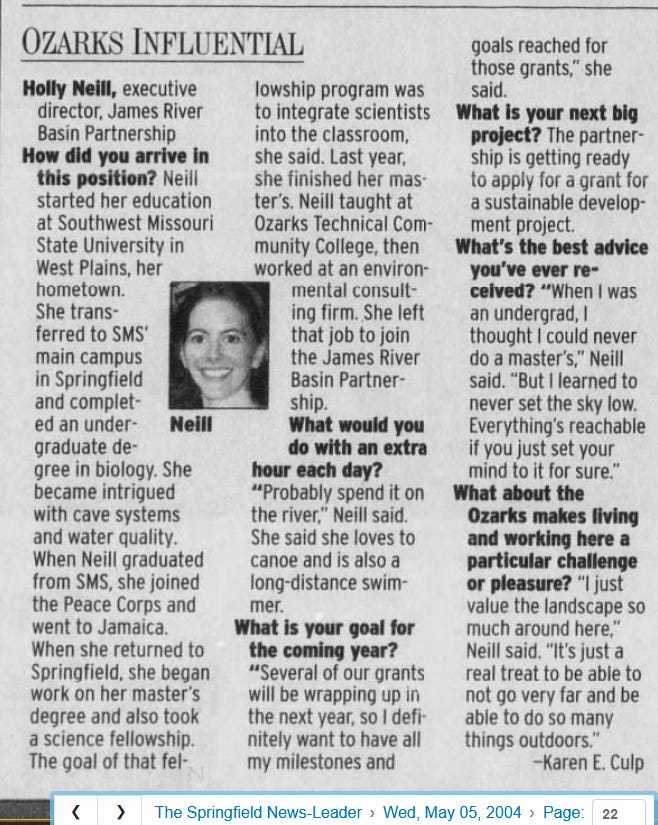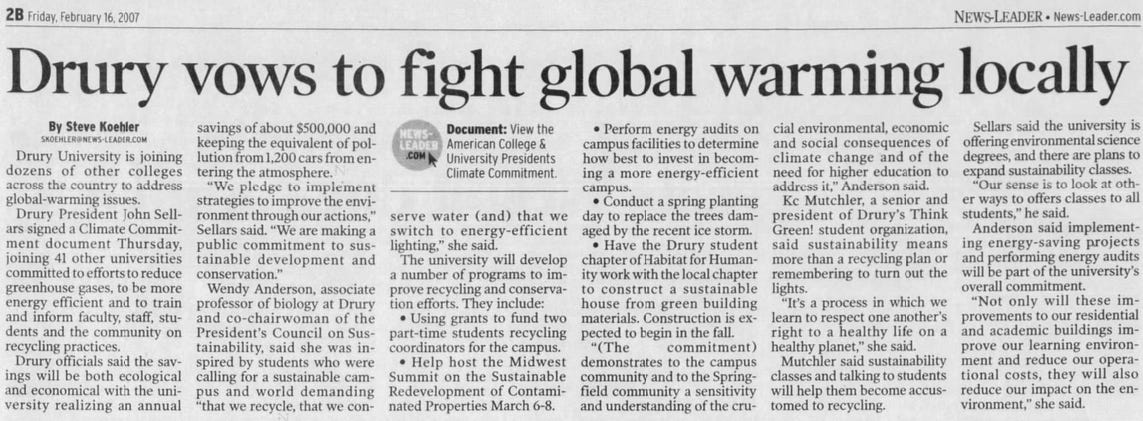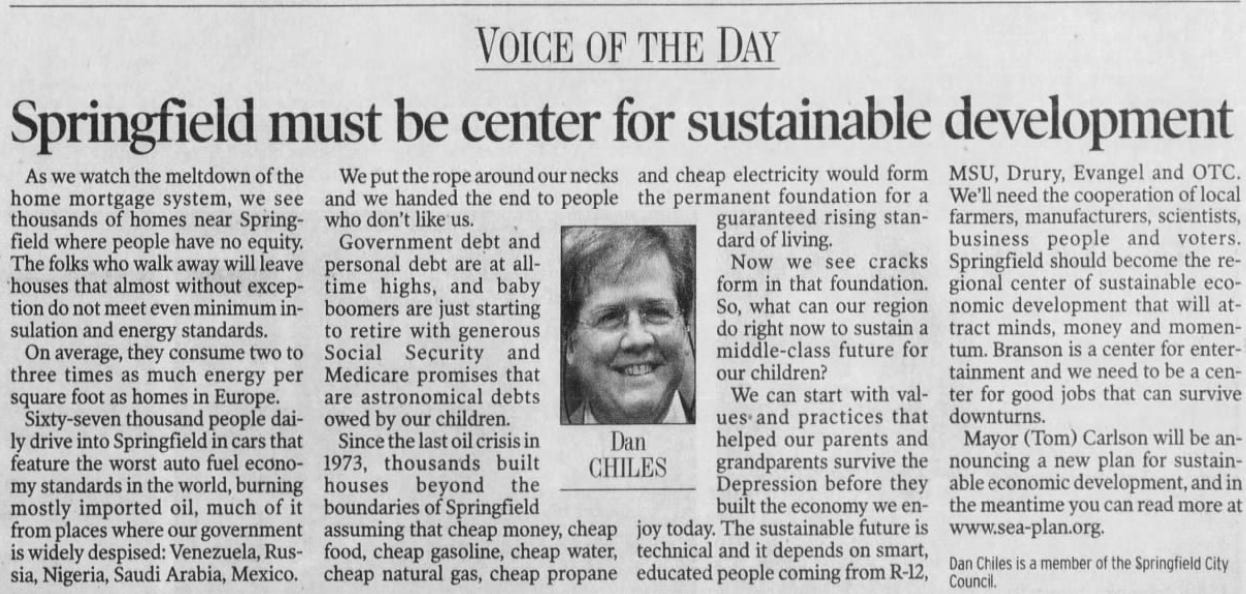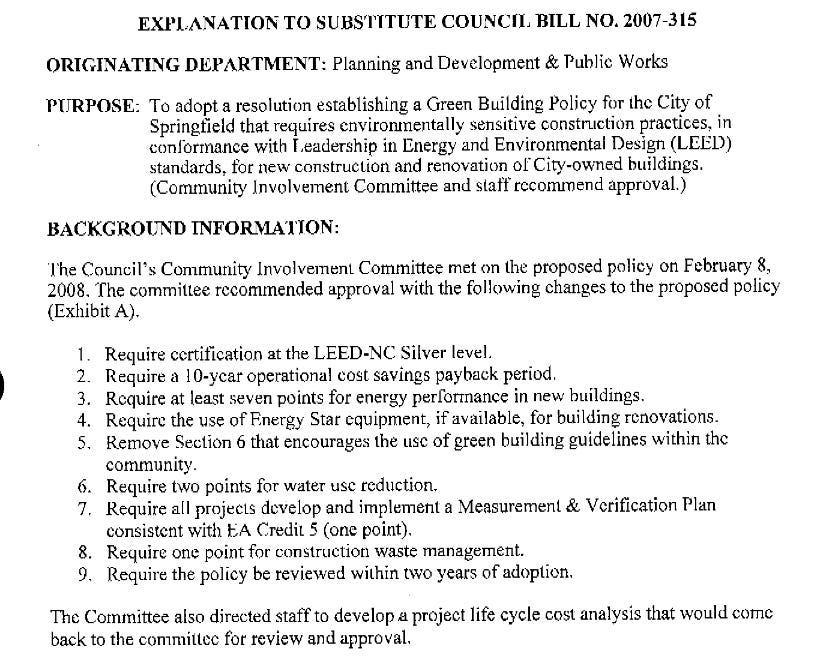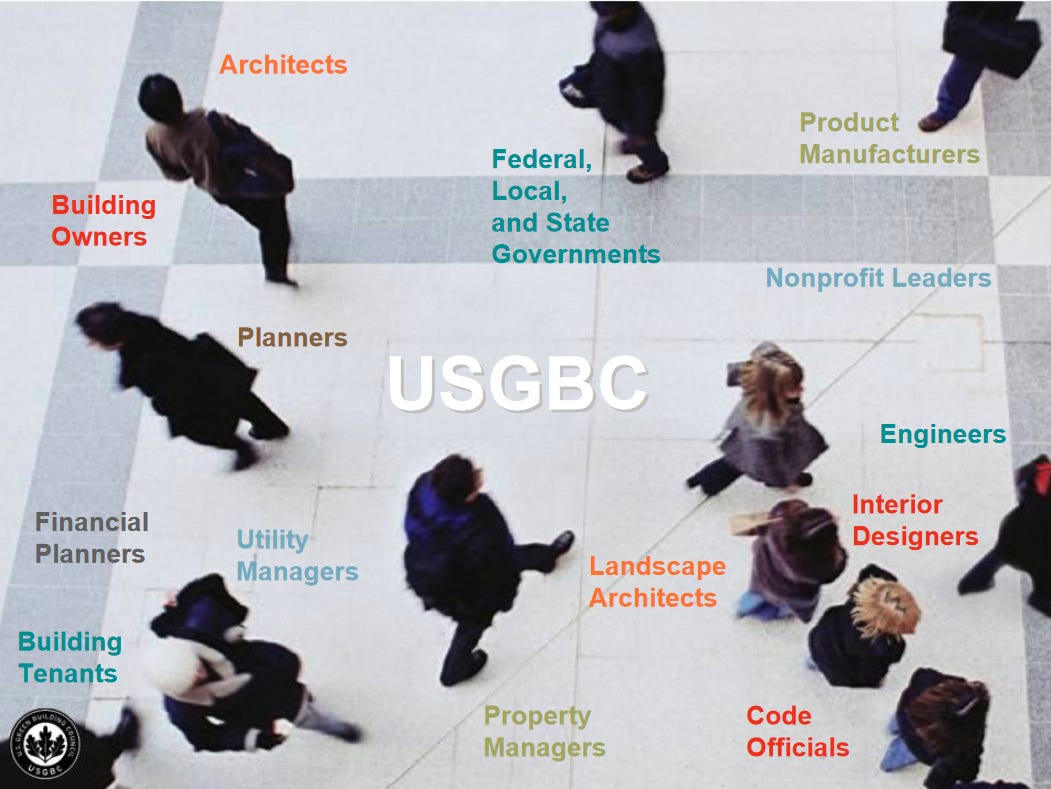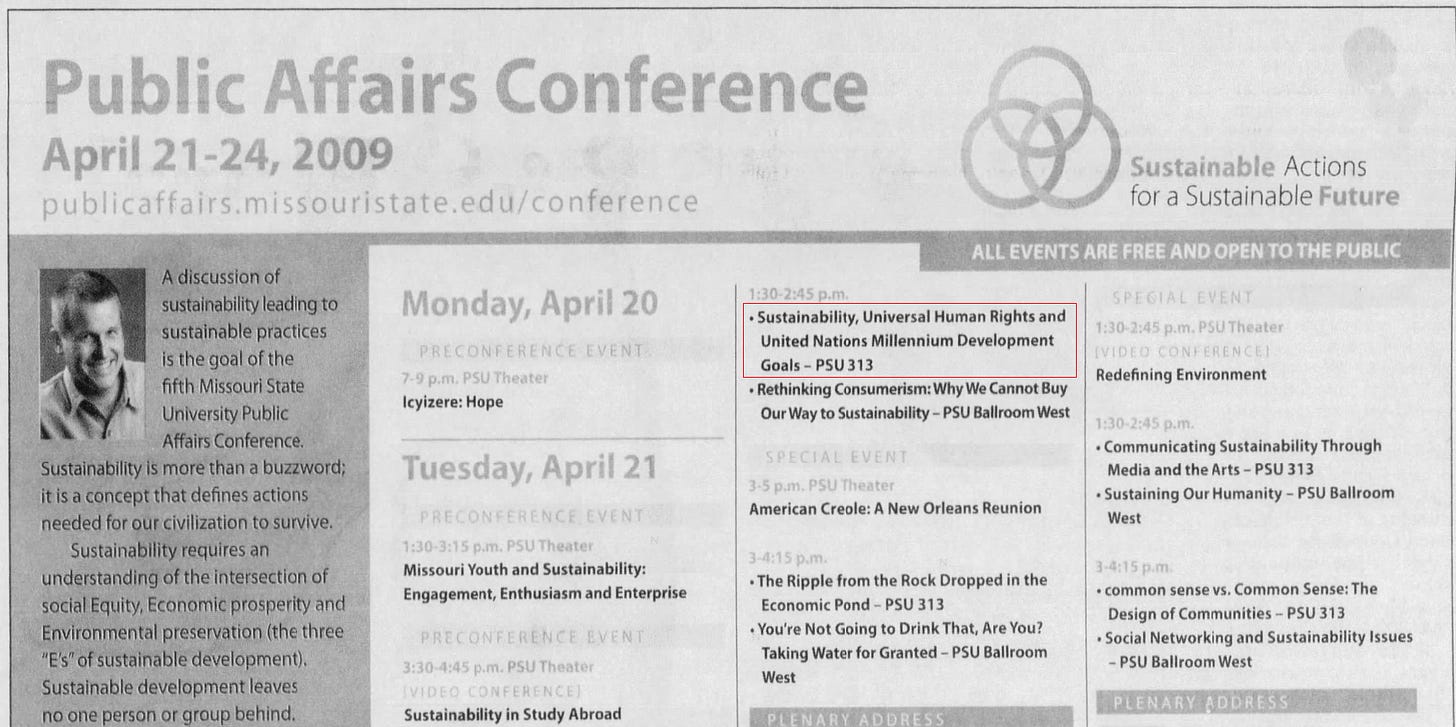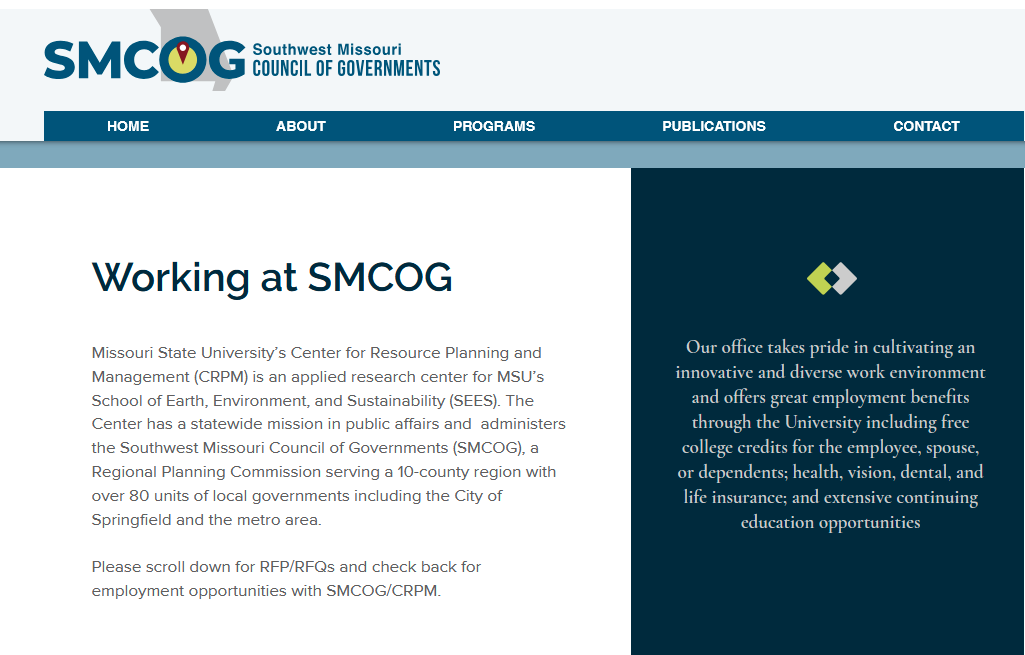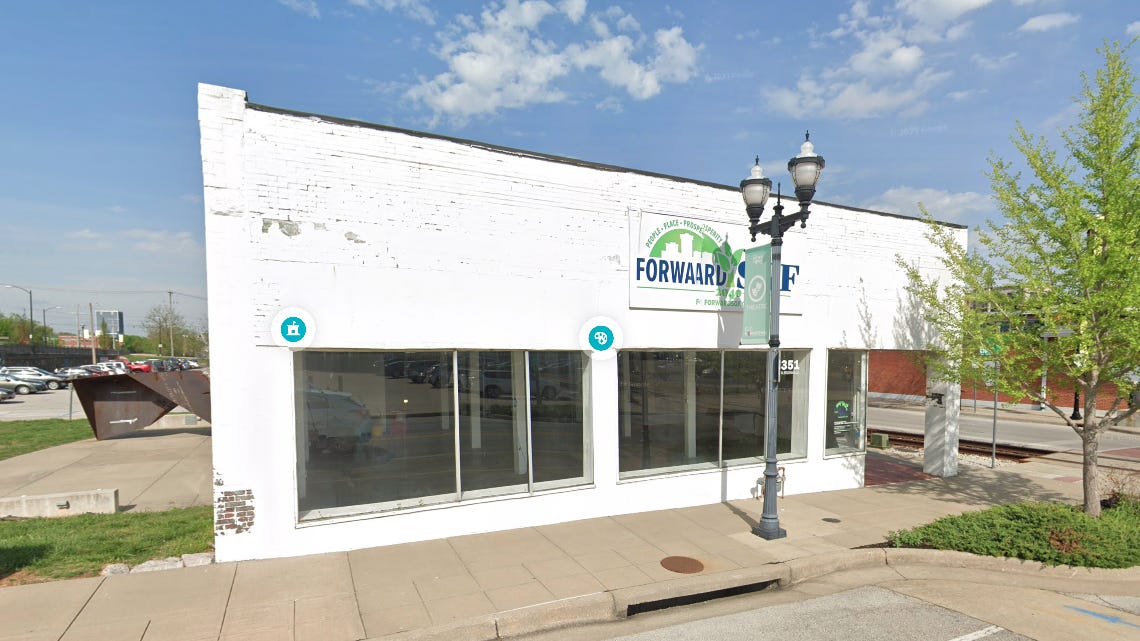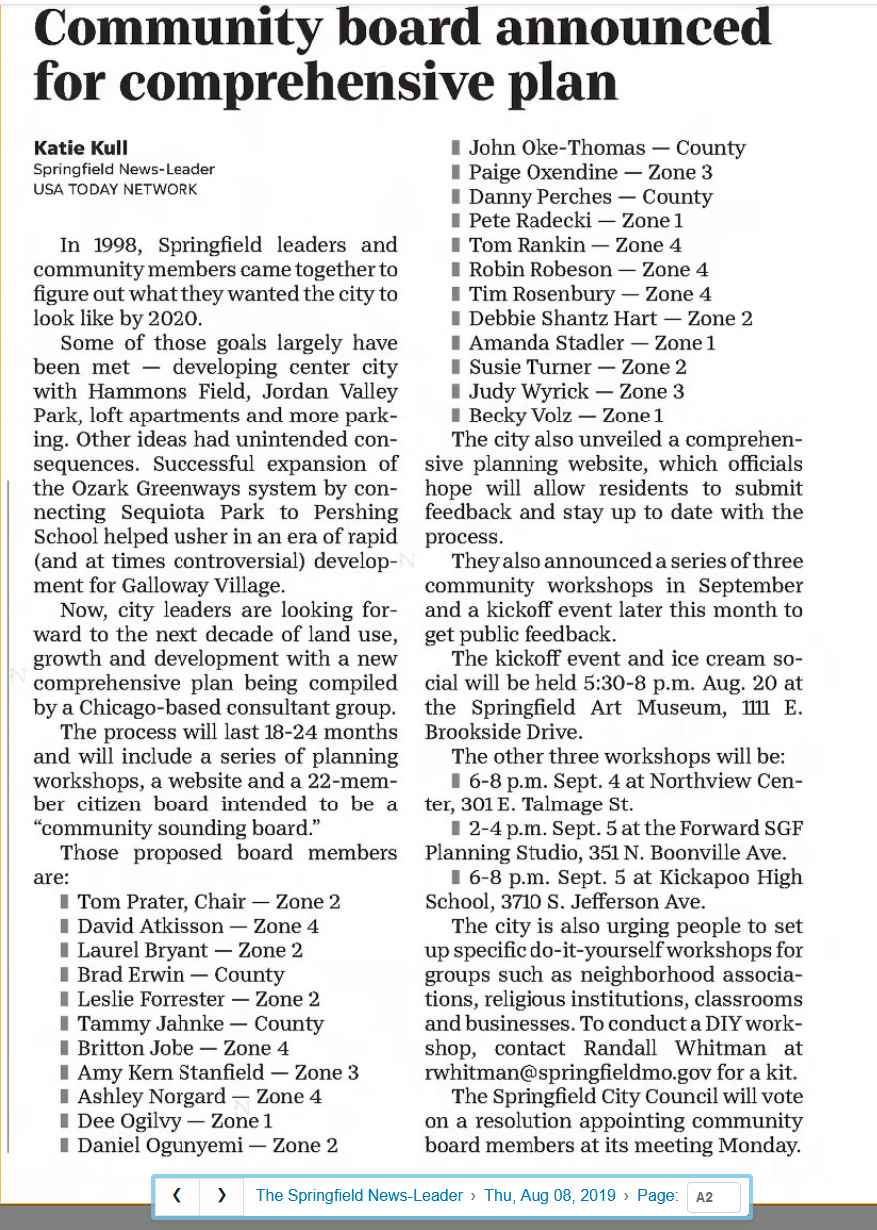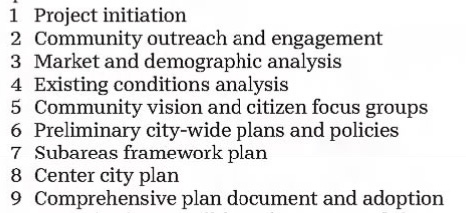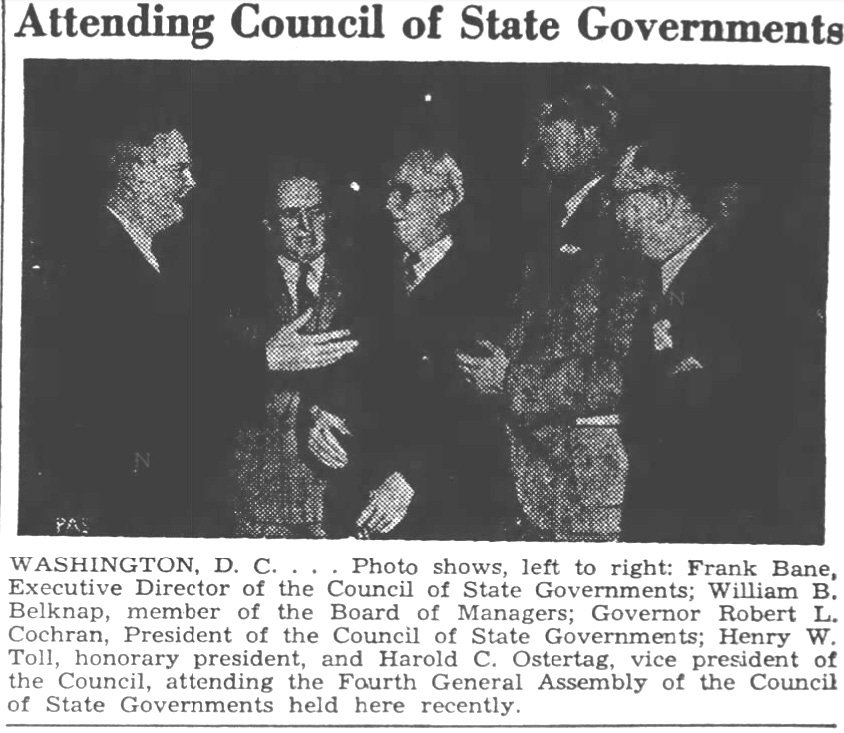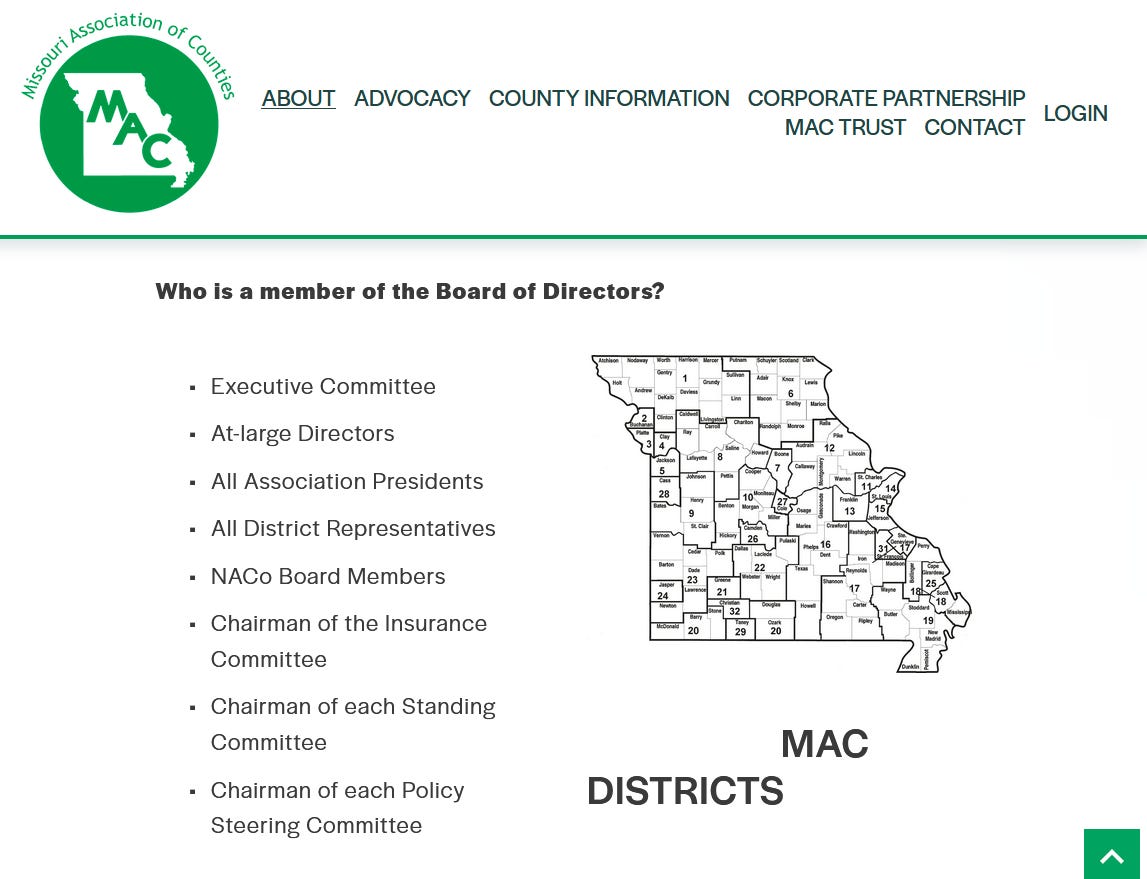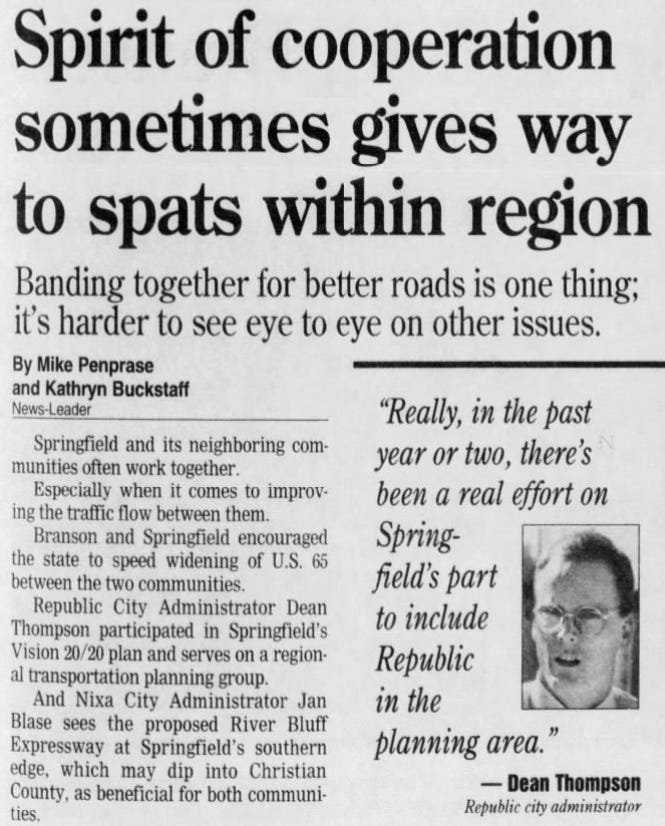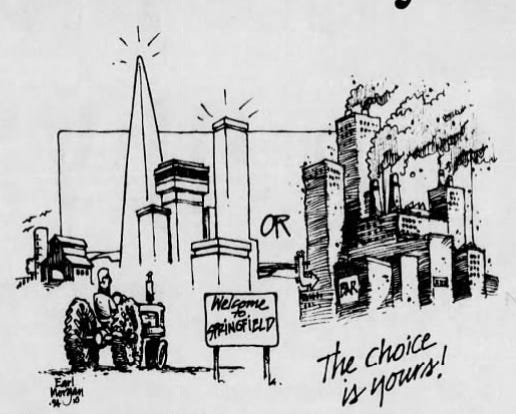Be it through income and sales tax, or the back door of inflation, the metrocratic apparatus seems to always need your help. As the cities “grow,” it seems to use a lot of that money to pick a few winners while an ever-increasing crowd of “losers” pick up the pieces.
How do we measure the return on investment (ROI) of taxes? As inflation skyrockets, do we get any bang for our buck at all from the city™, Jeff City or DC? Did we vote on any of this?
Comprehensive plans are one branch of an ever-growing organism who’s purpose is to shift ownership of property, including individuality, from the people to unelected councils. Property is power and inflation is the best method of concentrating this power into one corner - the crony corner!
Many workforce types are feeling this pain currently finding affordable places to call home. And they’re finding out the hard way how bad the customer service is when they’re not a paying customer.
Not all wars get “hot.” Those with the best PR campaigns may never rise above room temperature. Nevertheless, when the war is lost, concessions are made.
This has appeared in the form of federal funds from both Uncle Sam and the state coffers dropping on the doorstep of your city for over a century. This has both inflated the value of currency while also transforming small free enterprise into crony metrocrat domination. This inflation spikes the future value of Treasuries which driving home costs up.
The metrocrats actually give themselves raises to cope with this inflation they’ve helped cause while dreaming up more reasons to tax you. This is not representation. And worse, they are pretty egregious trespasses against your constitutionally secured right to property, if not an outright act of asymmetric warfare.
ELI5
This topic is vast, but I’ve made an attempt at an ELI5:
The Chamber of Commerce is an unelected ngo which exists in almost every city. As cities encourage more national franchise, the chamber membership becomes more populated by folks who may have less context for the locality they serve.
Sustainable Development is both tyranny through the theft of property and the transition from constitutional government to unelected, planned regional governance. A transition from limited city, county, state and federal government, to regional, unelected council governance. The marketing technique of choice is to convince you to forget that you’re an individual, endowed by rights granted from God, and go along with “the consensus.”
Though taxation serves a purpose, it should be regarded as theft. After national defense and pitching in with our share of world security, there’s very little the federal government could possibly do better than the free market. It’s tried for so long that the free enterprise system that made this country great to begin with has been reduced to a turbo charged hamster wheel spinning faster than anyone could keep up with.
The fruits of a century’s worth of “progress” stand proudly in the gaps up and down main street and the 500 apartment complexes tacked up in residential zones. In the blighted buildings and homeless sitting on every corner. Obvious, abject failure.
The metrocrats hold up enormous grant checks and grin ear-to-ear about taking more of your money. Wages have been lagging behind since LBJ. And now we are at a phase in the plan where it’s changing the way your city government and entire local economy runs. A small business engine, to public-private partnership.
The more these people need from you financially, the more judgement is deferred to them. Most Americans just pay the bill, take a selfie with their “voted” sticker and move on with life. The work is done as a citizen, right? The ball game, the bar, or eating at that new food franchise takes priority over scanning legislation and disclosure forms or attending civic meetings.
While existing in this distracted state, the powers that be are making an honest and surprisingly transparent attempt to subvert the classical forms of government inside our republic with that of the soviet system of regionalism and corporate governance.
Instead of voting for policy within city, county, state and federal government, unelected boards will make policy and enforce it. Private and Public partnership allow for this transfer of responsibility. The private interests, be they corporate or charitable foundation, are run by individuals who are unelected by a constituency and thus wholly unaccountable to it.
On the surface, charitable foundations seem like a benevolent resource for any community. With recent inflation spikes though, food pantries in the area have gotten creative by allowing “customers” to exchange hours of labor for “calorie credits.” With these new dynamics, perhaps it’s a good time to pan out and ask some fundamental questions about what our economy has become?
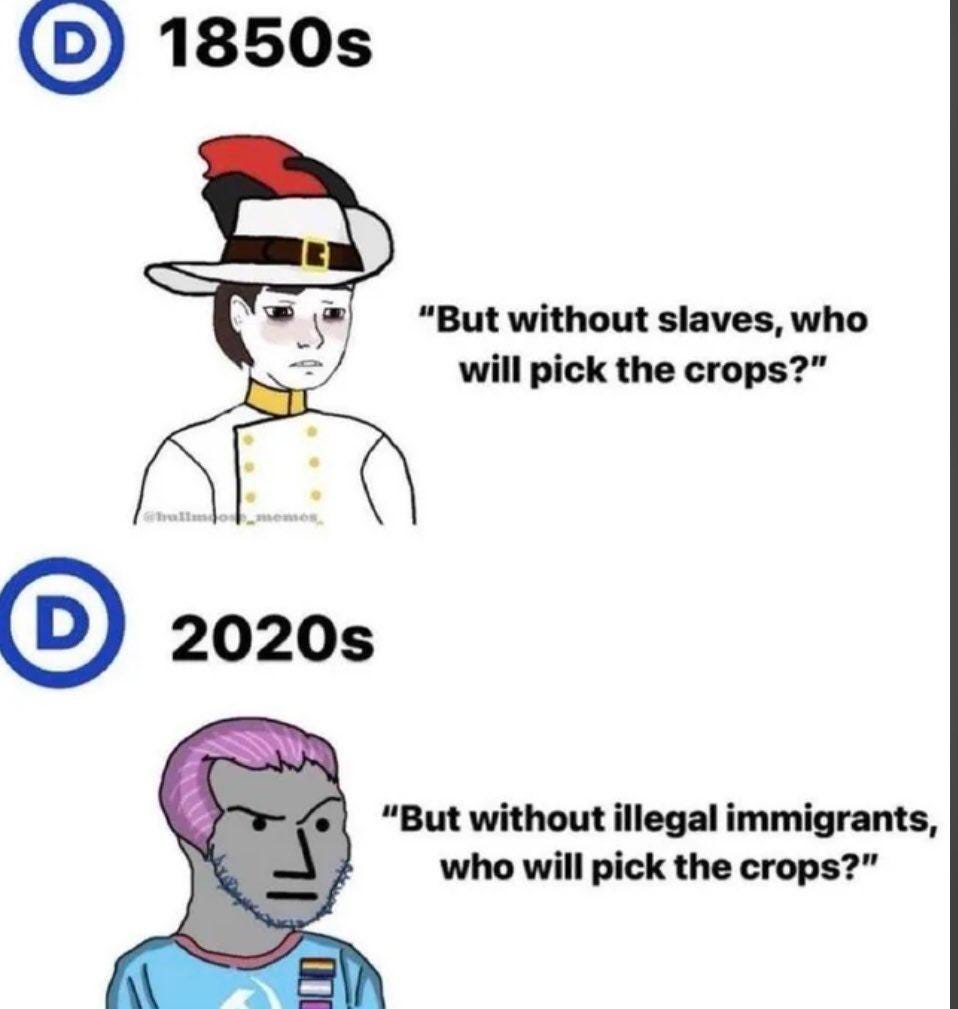
Backwards Springfield
In the last one, we went over the UN’s global plan implemented at the local level. This one will zoom in the local level more and describe how this is definitely that plan.
No scheme in the history of mankind has ever been truly comprehensive, yet somehow theirs is fool proof? Even zooming out a little reveals plans more akin to conformity than comprehensiveness. The Communist Party USA, who wrote about the planned economy in the US may have been partially right about smart growth. Maybe it’s a ticking time bomb with a fuse lit a century ago by design!
A foreign entity wrote the city plan
Here is what the News-Leader and the Springfield Daily Citizen omit in regard to these freshly installed, never-voted on comprehensive plans.
It’s the product of a consultancy from Chicago, IL who used the APA’s template guide, “Growing Smart, A legislative Guidebook,” published with your tax dollars, to craft a firmer guard-rail on the already existing planned economy of cities all over the US.
The UN smuggled this globalist doctrine through the Clinton administration, who funded it with our tax dollars when they created the President’s Council on Sustainable Development. Since it’s inception, this council has only flourished, even surviving two (soon three) republican administrations! This would strongly imply for those of us who recognize this as a problem, that it’s bipartisan.
A brief history of planning in Missouri
In 2013, Missouri was only one “John Hancock” from banning the UN’s global plan for your city. Unfortunately, the media was playing for the other team as usual, and the guy holding the pen was a pinko commie.
The bill was introduced by Senator Brian Nieves (Nee-A-vas), R-Washington, and passed both house and senate with ease, showing high sentiment from Missourians. Nixon shined plenty of gaslight in the veto letter.
SB265
Nieves summarized the purpose of introducing the bill for a constituent during a 30 minute conversation with Jason Rosenbaum of the ultra far right-wing podcast, “Politically Speaking” on St. Louis Public Radio.
I’ve listened to this pretty closely and don’t recall any mention of black helicopters.
On Tuesday, March 5, 2013 there was a senate hearing on SB265. Highlights:
Concerned citizens and public officials asking for legislation reaffirming constitutionally secured property rights. I hope they signed witness forms!
Now… examine the local news media’s reaction:
The main stream infotainment apparatus also gave the following rational and level-headed treatment:
Planning the Ozarks
The origins of Regionalism and planning in the U.S. go back to the 1920’s. That topic in general far exceeds the scope here. But I will leave an interesting documentary from the APA’s own YouTube channel, with some propaganda on sustainable development prepared for the 1939 World Fair called, “The City.”
The discerning ear may recognize some buzzwords and themes repeated throughout ForwardSGF. This is no accident.
The sort of planning that’s making us all uncomfortable (homeless) and driving us into inflation got started during the 1960-70’s in SWMO.
Lakes Country Regional Planning Commission
During the sixties, state laws began to change which enabled regional planning commissions. In Missouri, that specific law was passed in 1965 as the “State and Regional Planning and Community Development Act,” under Chapter 251, section 150-440.
Then towards the end of the decade, national legislation called, “The State and Local Government Modernization ACT of 1969” was signed citing fiscal instability within the lesser (constitutional) governments and a need to streamline federal tax dollars into the city.
As the the Ford/Rockefeller administration began using tax dollars to roll out Community Development Block Grants, regional plans tailored for federal compliance began sprouting nationwide, particularly in areas with struggling economies like the Ozarks. These plans were funded with an initial grant to every state composed of tens of thousands of dollars per region out of our taxes. None of this was voted on.
The Lakes Country Regional Planning Council, under the leadership of Glenn Griffin, created a commission of 55 citizens to draft a massive comprehensive plan for 10 counties in southwest Missouri.
Upon the plan's acceptance by the commission, word got out and Polk County raised a red flag. Griffin was summoned to the circuit court where they grilled the LCRPC director for hours.
The public hearings began in Springfield the next fall. It was a rocky road that never improved. Springfieldians were concerned about an unelected body making long range decisions without a vote.
Although they were assured by Griffin that the commission contained elected officials and no policy would be implemented that wasn’t first passed by ordinance, the citizens balked at the sheer scope of the plan and the implications to their property rights.
After the heated meeting, Greene County Associate Judge J. Dan Woodall told reporters that since Greene County already had P&Z, they would not adopt the plan. They were also tentatively considering putting the entire LCRPC on the back-burner.
Regional sentiment did not improve the following week at the Christian County courthouse in Ozark. Hundreds of angry Missourians poured in with questions and commentary. There was so much engagement, they adjourned the meeting to the courthouse lawn, where officials continued to answer questions.
What started with friendly Q&A, quickly descended into chaos from the large crowd of hillbillies who wondered why a Mississippian was being paid so much to implement central planning. They had to adjourn approximately an hour into it, with no plans to reschedule.
The next and final public hearing was held in Bolivar, MO on the following Monday. Over 700 folks showed up to the courthouse, with most standing outside listening over loudspeakers in the autumn air.
It was the wildest meeting yet. After the interrogation ended, Griffin had to borrow a flashlight to check his car for a bomb! He was then escorted by Bolivar police to the city limits and accompanied by Missouri Highway Patrol part of the way back home to Republic.
Soon after the meeting Christian, Polk and Stone counties withdrew from the LCRPC. Dade county never even heard the sales pitch. Lawrence county withdrew the next morning. It would seem regionalism in the Ozarks was a failing proposition.
SMACOG
On April 19, 1990, the Southwest Missouri Advisory Council of Governments was formally established by the SMS Center for Resource Planning and Management. They named Carolyn Gerdes as official SMACOG representative to city council. She was also serving on the city council at the time.
Many of us knew of Gerdes for her activities in SGF with the League of Women Voters, a well known communist front group, and more recently for her years of service with the Jordan Valley Park board and Springfield/Greene Co. Health Dept.
It took only $60k to start the council of local governments, some of which came from public funds.
Vision 20/20
Fast forward a little to February, 1993, about two years after the infamous disappearance of three women in Springfield, Fred May and a few hundred “citizens” of Springfield gathered in focus groups to sew the regional seed.
They called it Vision 20/20, the first long-range plan for the city. Consensus gathering began early 1994 with a huge feature in the local newspaper. Economic Development fell under the Vision 20/20 umbrella. After almost two decades, SMACOG along with regionalism was back in the Ozarks, and backed by some serious PR dough.
With a regional economic development plan in place, SMACOG would apply for grant funds to lay enough infrastructure down so that large, multi-national companies could be more easily lured in.
Some counties (Webster and Christian) did have EDA approved plans in place at this time, but federal officials preferred dealing with regions. Economic development solves the problem of tax growth for the city while giving both parents a great excuse to get away from the kids eight or more hours a day. As the relationship with the EDA has been strengthened and merged with the city, so too did the city’s economic development goals with the thriving federal agency.
Fear of missing out (FOMO) was used extensively to sell the need for our area to compete with other states for a piece of the federal budget. A competition of perverse incentives in a way, considering regions with the highest levels of unemployment typically win out.
More workforce means growing tax base. And tax dollars means more confidence in raising the debt ceiling. And raising the debt ceiling means more expanded, bloated federal budgets, and you see where this is headed.
As early as February, the consensus gathering campaign rolled out in full force. Vision 20/20 was the re-emergence of regional planning commissions in the area. This was also the first time consensus building was deployed through community engagement. About 20-30 people were asked to serve on each of 11 focus groups in the areas of environment, housing, transportation, financial management, historic preservation, economic development, community quality, parks and open spaces, regional, growth and development and neighborhoods.
Also noteworthy, 1994 was the first year federal Department of Transportation budget money was earmarked for “local enhancement,” which meant your tax dollars supplementing bicycle trails instead of fixing all those damn potholes. This was a year after the inception of Clinton’s Council on Sustainability.
Urban Districts Alliance
Global plans cannot be facilitated without local facilitators. Agenda 21 is nothing without public/private partnership. To find this in Springfield, look for groups like Center City Springfield Inc. The brainchild of over a dozen local banks, David Knight, Springfield’s economic development coordinator, and Brian Fogle, then president of the Urban Districts Alliance. We will cover UDA in the future as this marriage of the city with private groups has made a large impact on the type of city we see today when we look at Springfield.
To simplify, banks at the time had a community development branch and this was a method they could use to lower the risk developing economically deprived areas of Springfield.
Functionally, it’s investment at a loss (minus tax credits and deductions) in return for future customers (broke as they may be). It also poised the banks to meet federal regulatory requirements for future grant investment in low-income neighborhoods. The proposal merged quickly with Vision 20/20.
Manufacturing Consensus
On Thursday, July 23, 1998, like many US cities before them, Springfield’s leadership took a “Community Leadership Visit” to a “sustainability template city.” A large delegation of 41 business, government and education leaders, led by the Springfield Area Chamber of Commerce, traveled to Chattanooga, TN for a consensus building training session on Sustainable Development.
This was only one of 23 Chamber Leadership Visits from Springfield’s “movers and shakers” over the years. They started in 1994 with a visit to Spartanburg, NC and will actually be returning to North Carolina this year to Durham.
These delegations, which also started a year after the Presidents Council on Sustainability, take your elected officials and business leadership on consensus gathering missions to cooperative cities with the intention of guard-railing them towards workforce development, smart growth, regionalism, and all things UN Agenda 21.
As the grants and loans rolled in through HUD, EPA, USDA and DOT, sustainable development strings found themselves inextricably attached. “Brownfields” redevelopment rolled out first, starting with the redevelopment of the Discovery Center, bringing it up to a LEEDs environmental standard. This was followed by the Watershed Committee of the Ozarks’ Valley Water Mill project.
An economic pipeline of grant money into the coffers of the city or some tax-exempt foundation, and then to favored developers had already begun in Springfield while Freddie Mac and Fannie May were loosening their belts with sub-prime mortgage lending in the residential housing sector.
When the housing bubble eventually popped in 2007, grants from the federal DOE poured into Springfield’s many university systems with strings attached to sustainable development. Degree programs for “Environmental Science” and expanded sustainability and community planning courses obediently materialized. There was big money in it - your tax money.
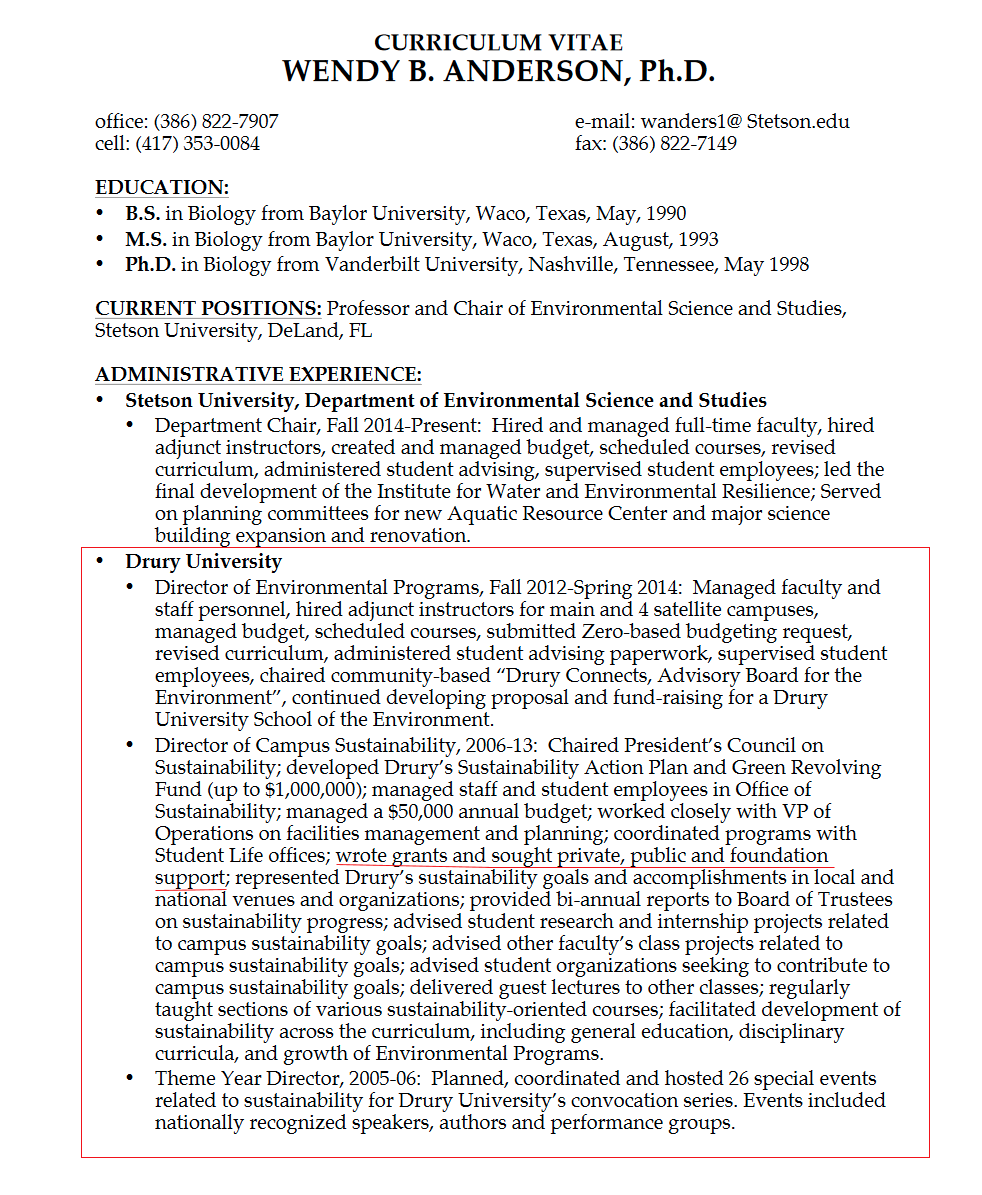
Post 2007 housing crises, while in a panic, Springfield pushed the pedal to the floor on sustainable development. This had a lot to do with the sheer amount of Obama’s ARRA “carrot money” sitting in sustainable development. $90 billion dollars went up for grabs, and the regions who stripped your constitutional rights (and your childrens’) the fastest won the government cheese.
Six million flowed into the coffers of Springfield via the State of Missouri’s Energy Program funds. Tax dollars offered back as incentive, in return you adopt Al Gore’s policies.👉👈 Every bail out, every check they mail you, they took out of either your pocket or those future people we all pretend to care so much about.
By September of 2007, Springfield had a Green Building Policy resolution ready.
Grant money continued to flood the public sector in an effort to recover from the housing disaster Obama and his predecessors allowed to unfold. Everything from expanded Pell grants and work study programs to massive construction and efficiency grants.
While you got laid off, reluctantly walking away from your home, the recovery funds were spent building a wing and parking garage onto the local college. Don’t have a parking permit? Sorry taxpayer!
Forward SGF 2040
The ForwardSGF kickoff event and ice cream social was held August 20, 2019.
Chicago-based consultancy Houseal Lavigne Associates were tapped and a nine-step process was laid out in a scope of work to city officials:
Under the auspices of heavy public engagement, but very little critique or push back, the plan rolled out. If there was public input, it was multiple choice at best, guided carefully through focus group sessions using paid facilitators known as “change agents” and the Rand Corporation’s Delphi method. Which is the most commonly deployed PR consensus gathering technique by cities throughout the country.
This should explain how the global plan hitched a ride on the government cheese train into your town.








